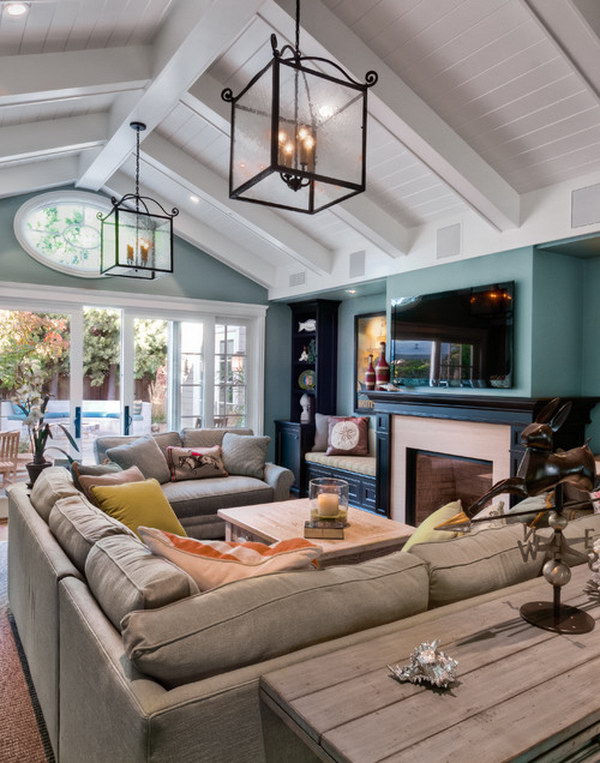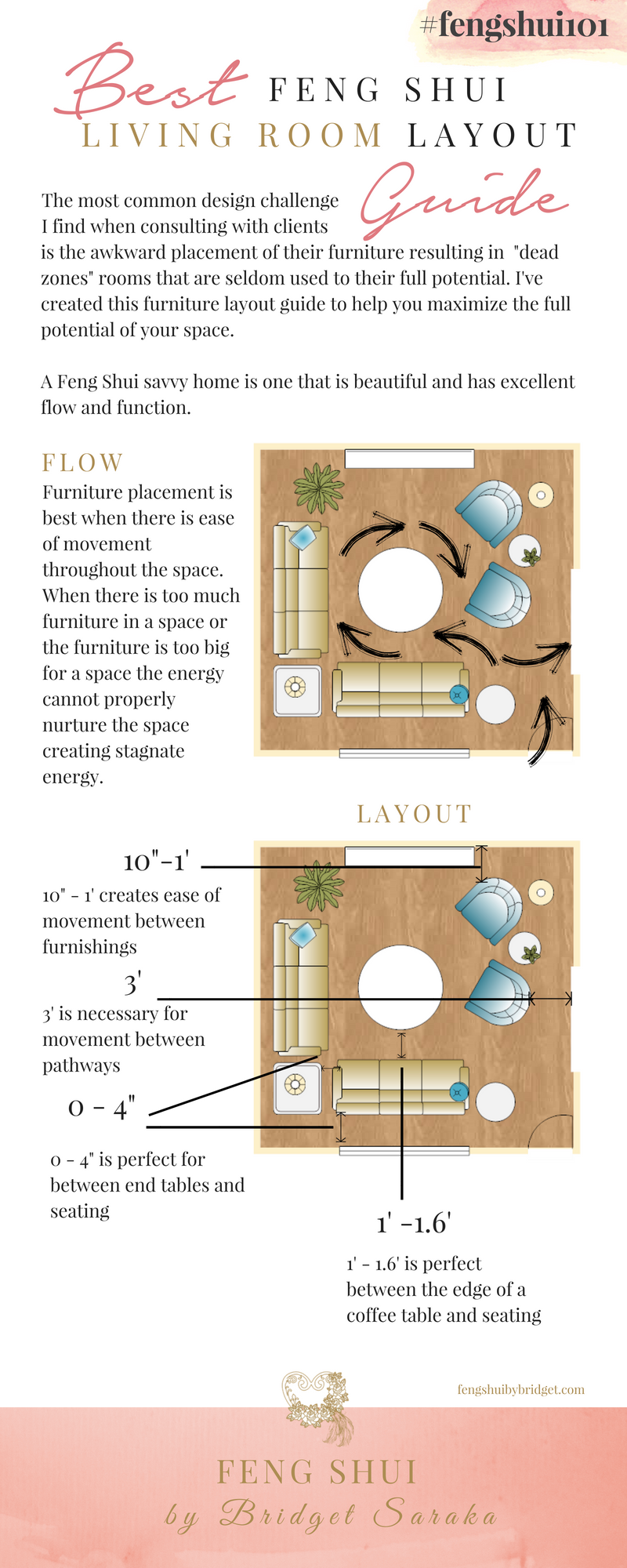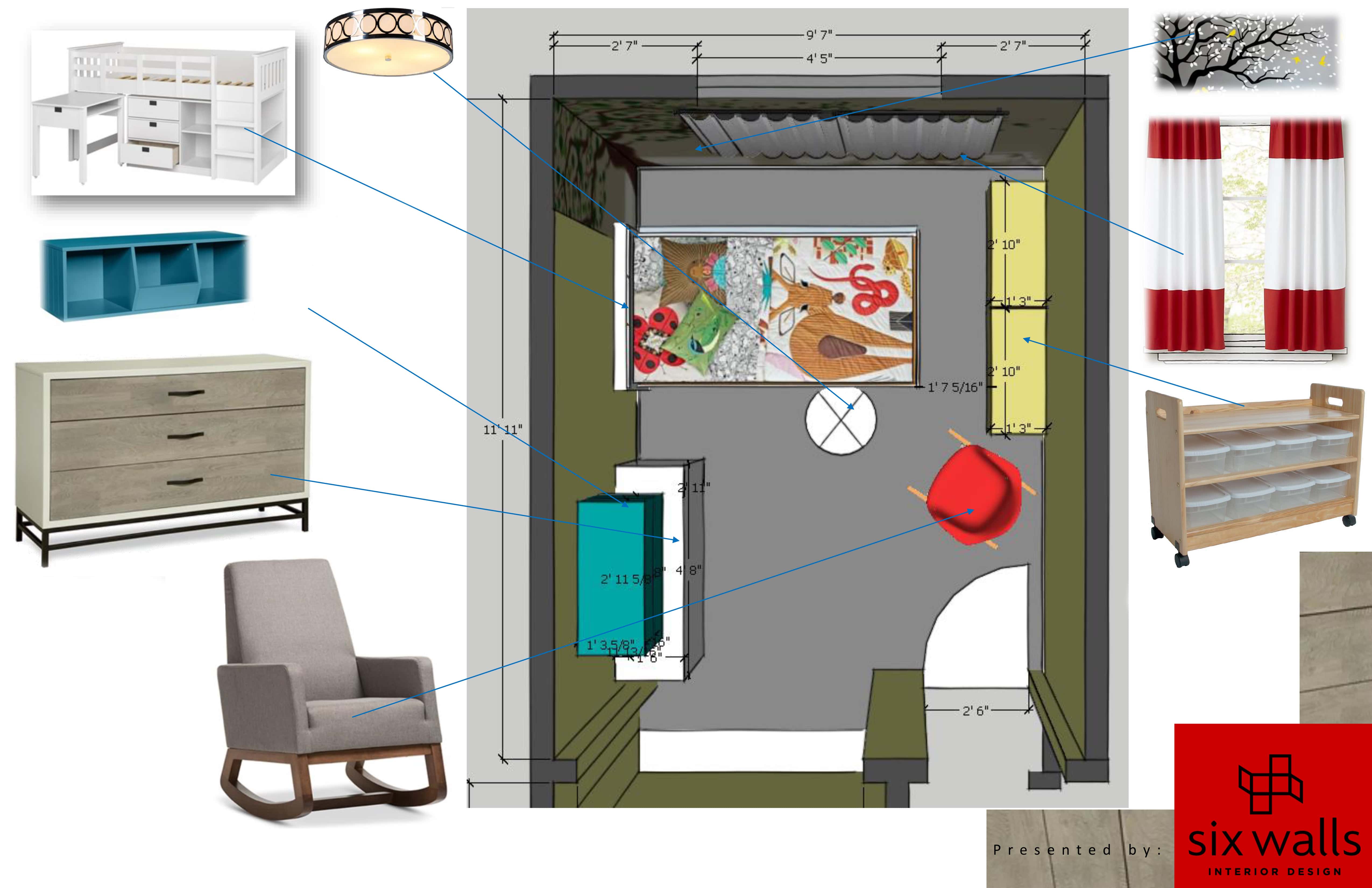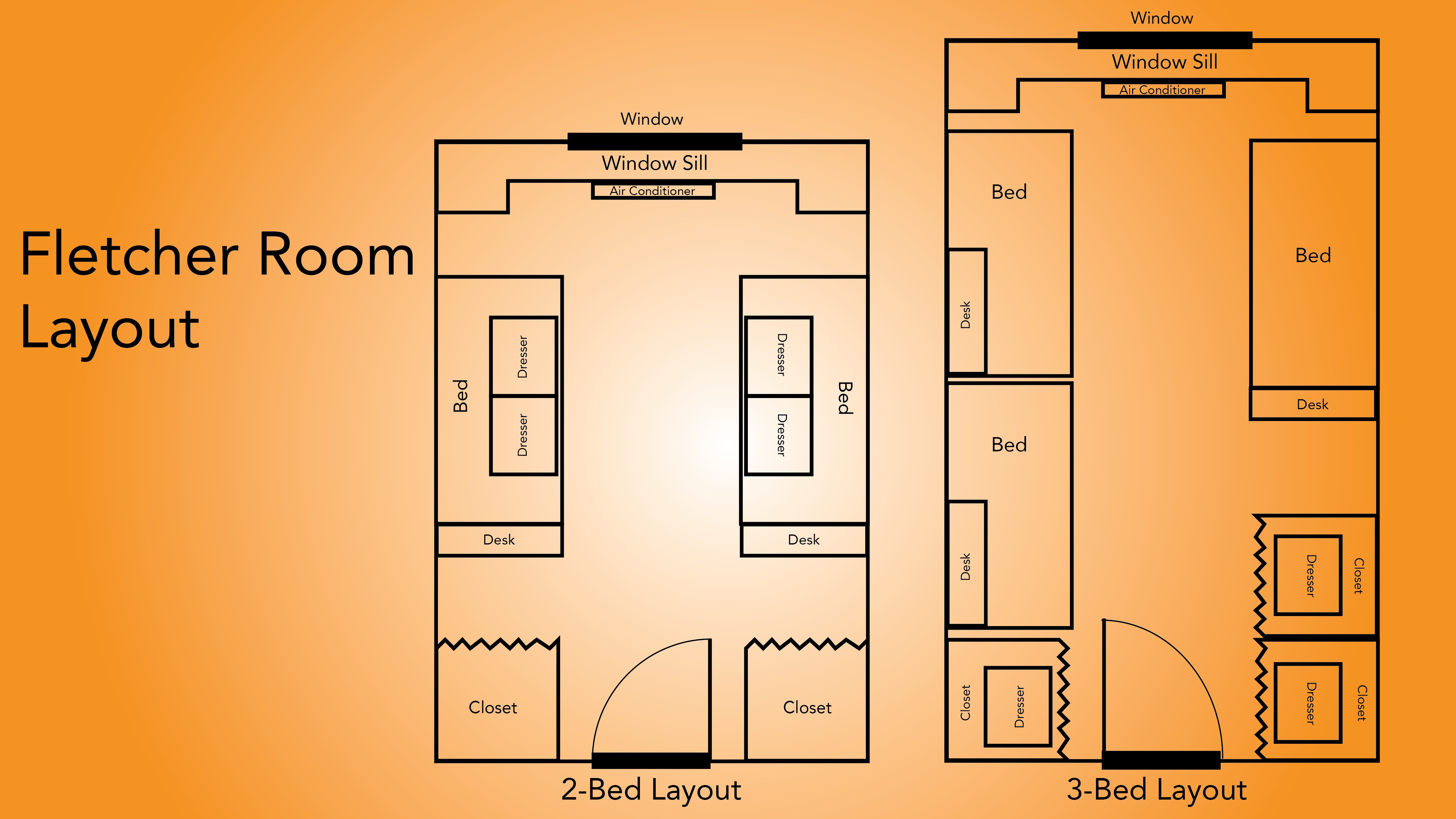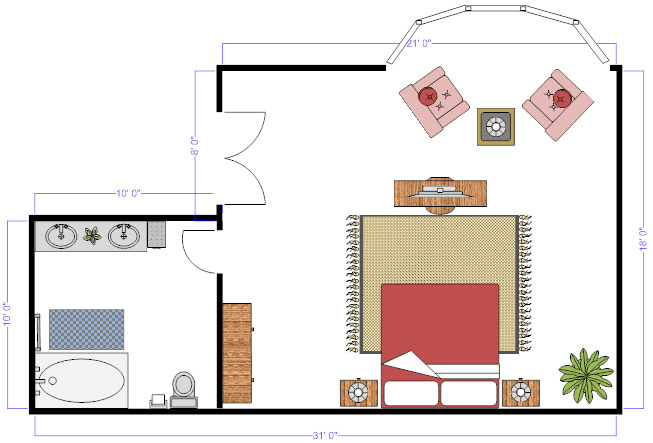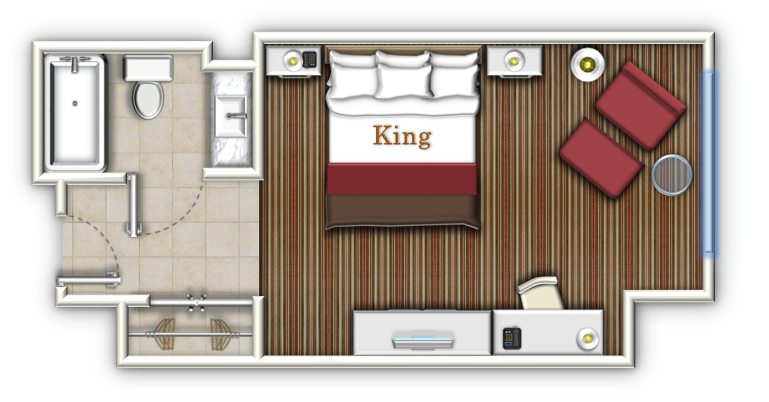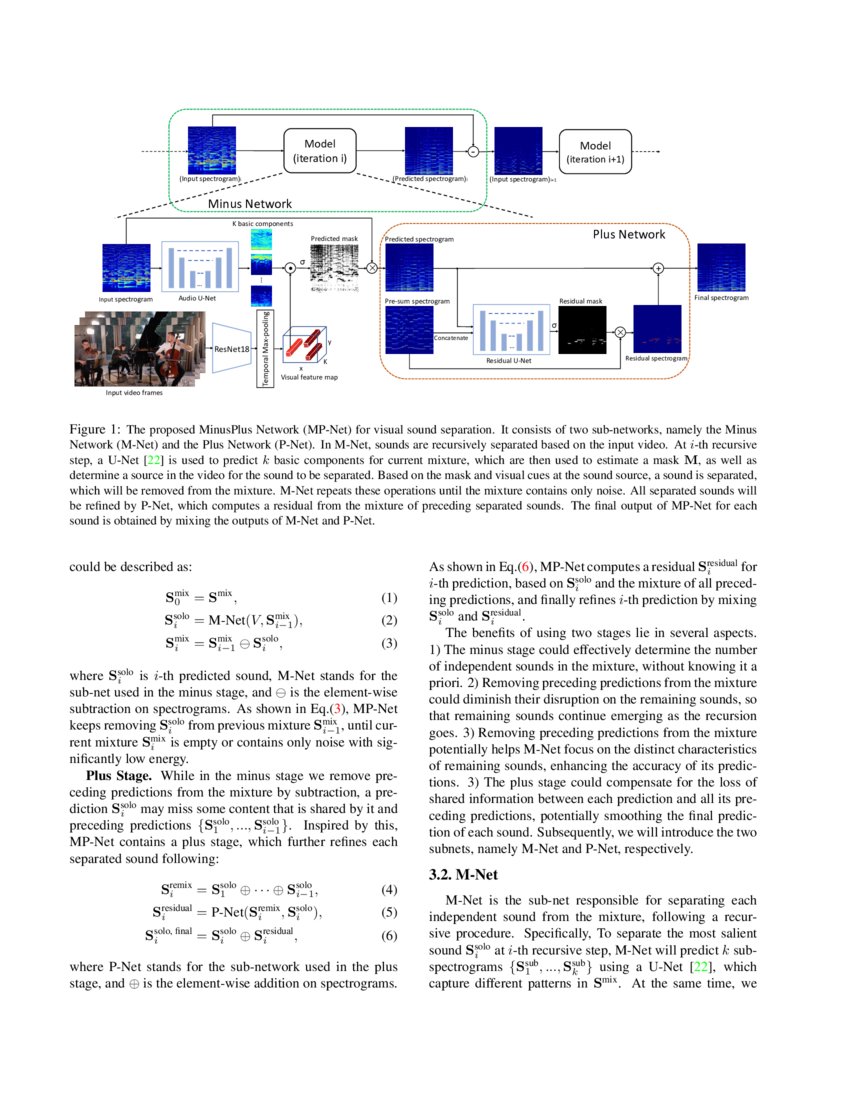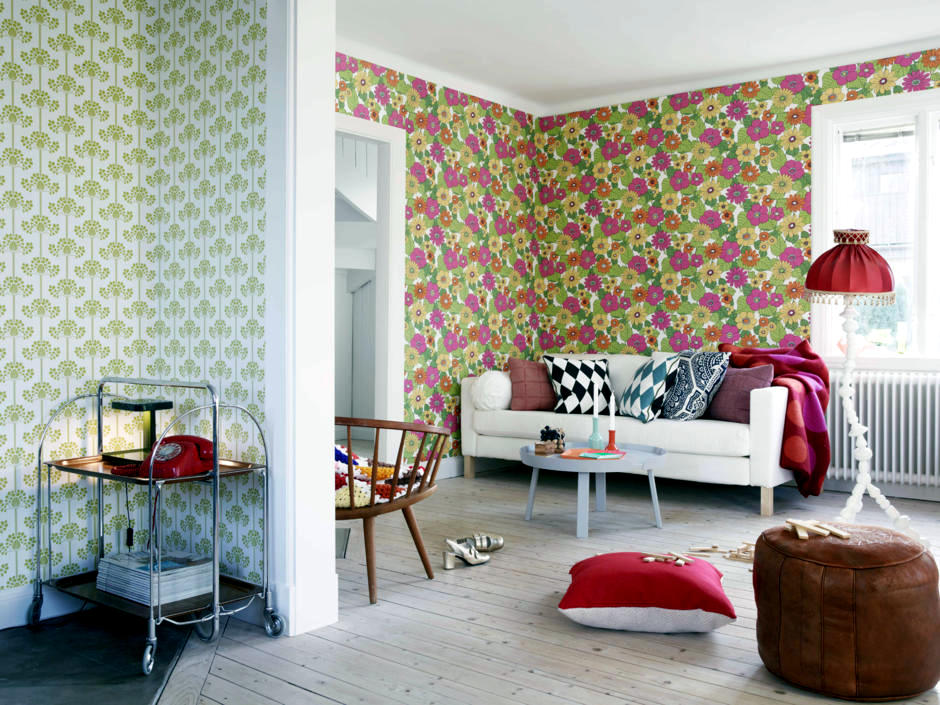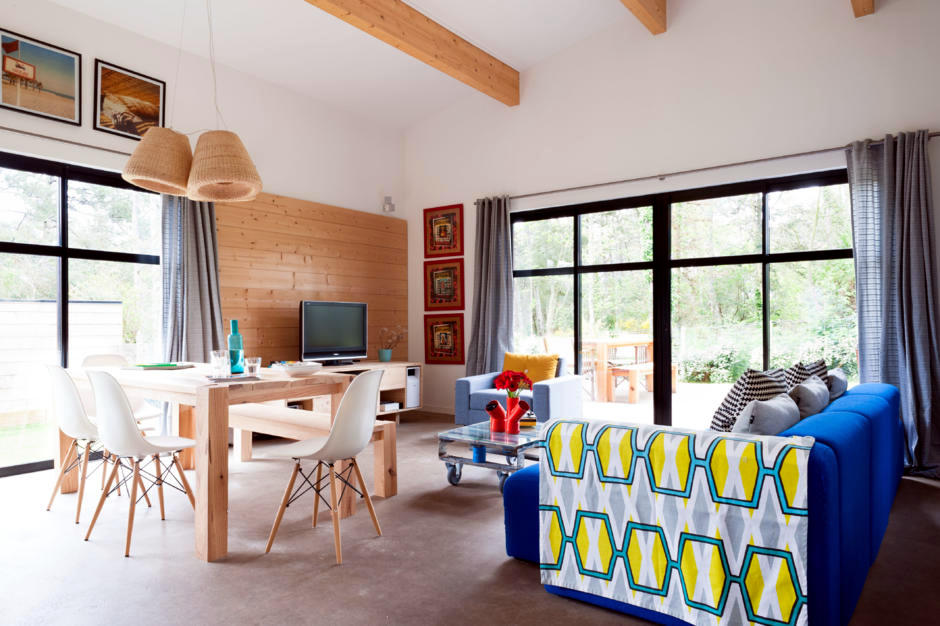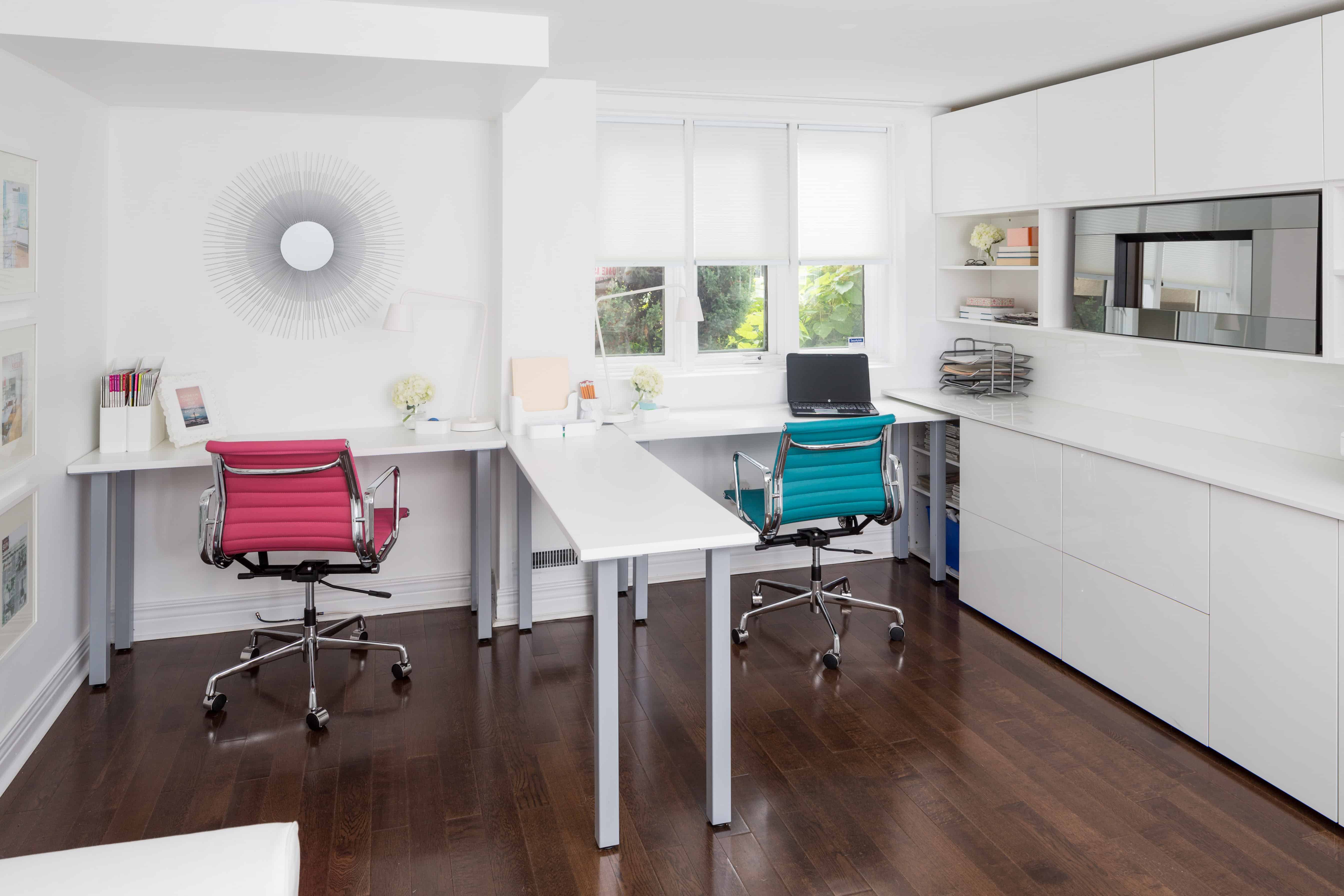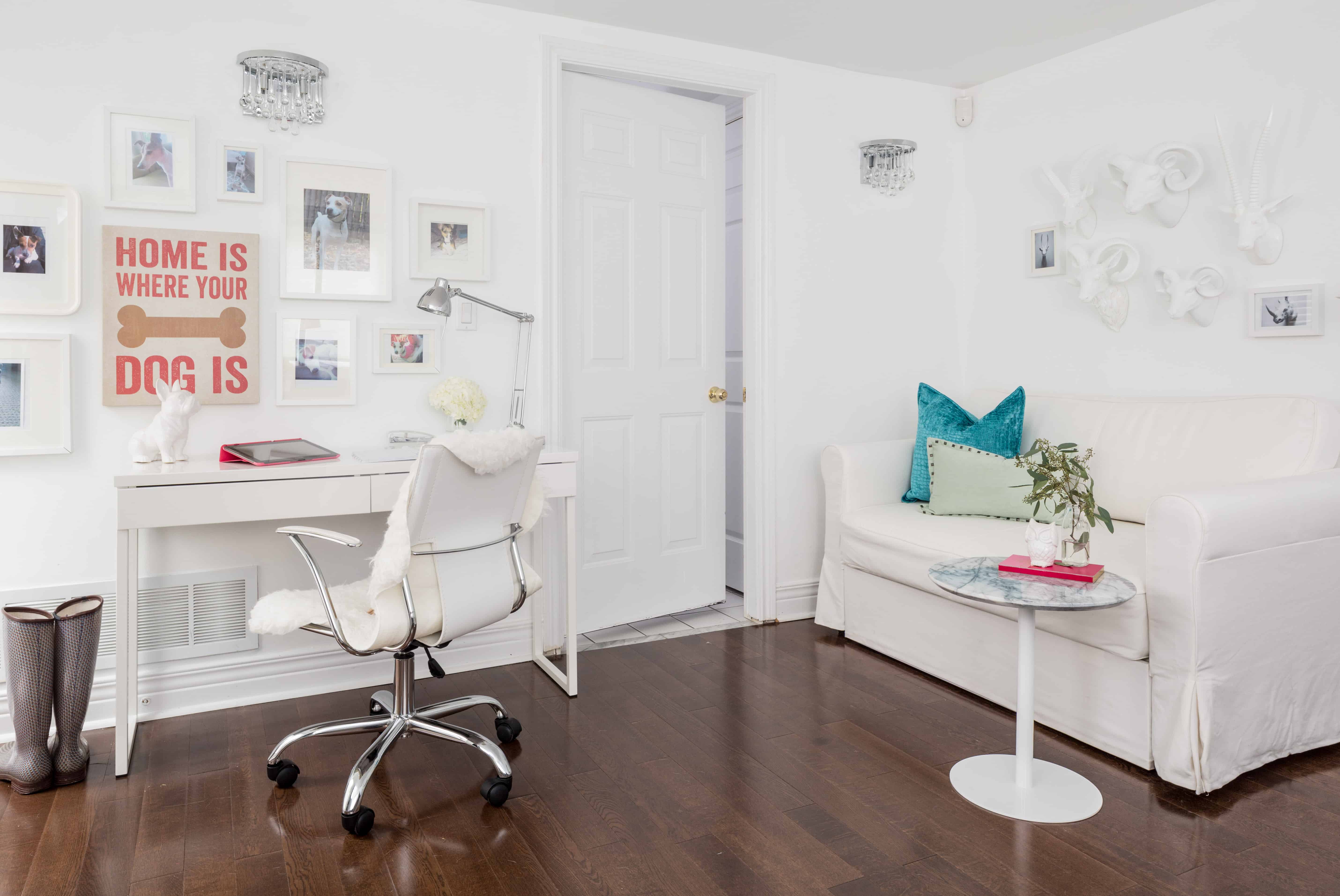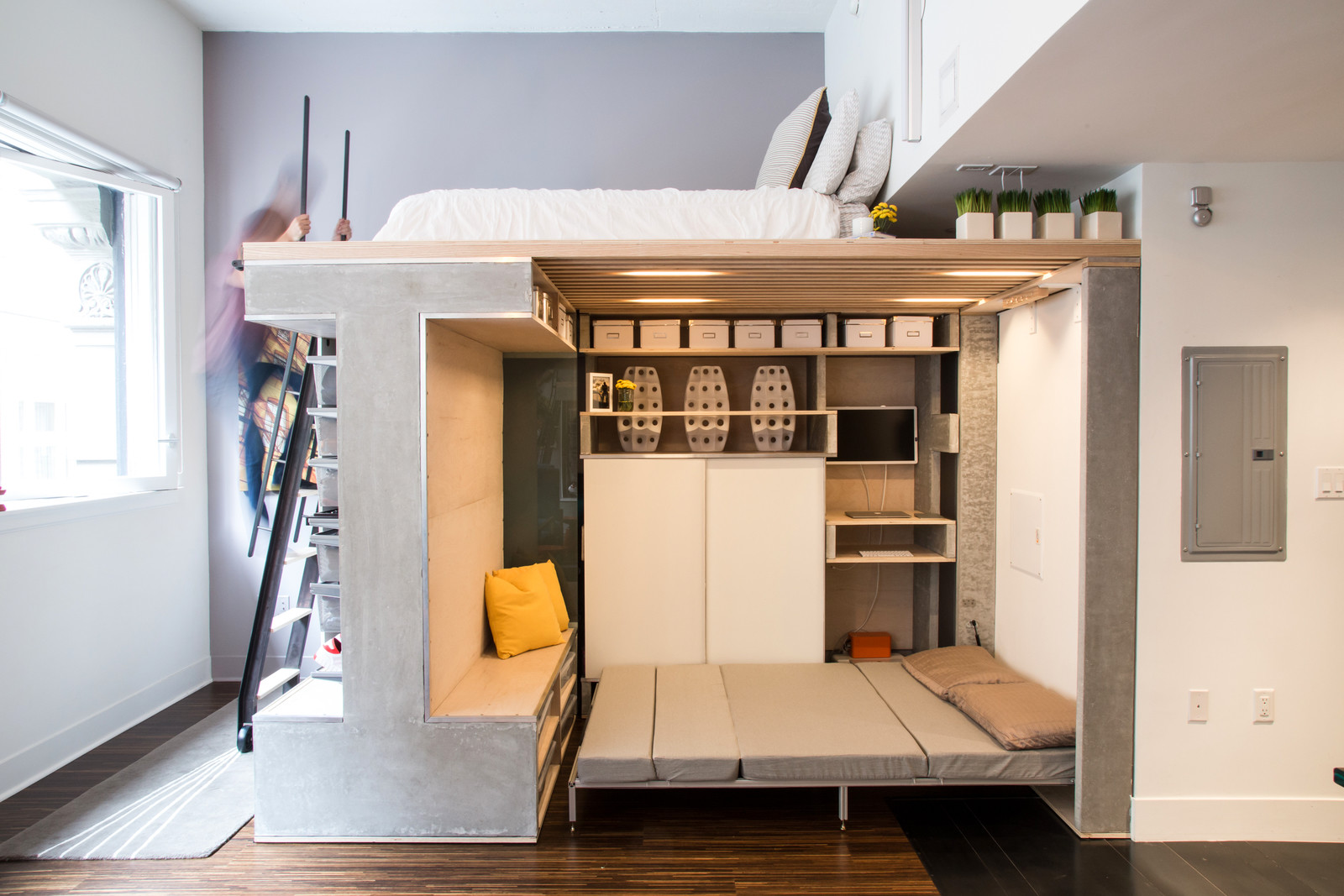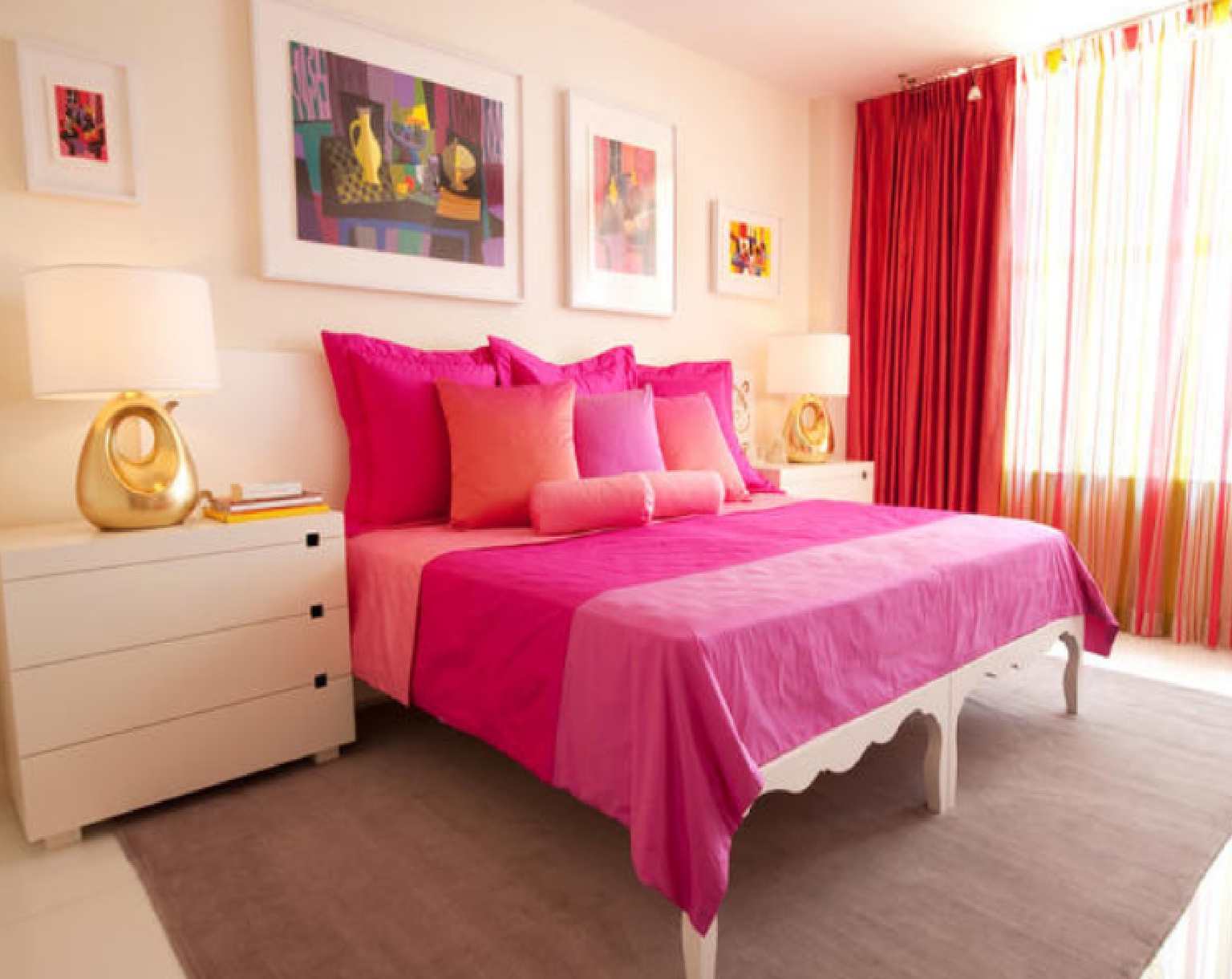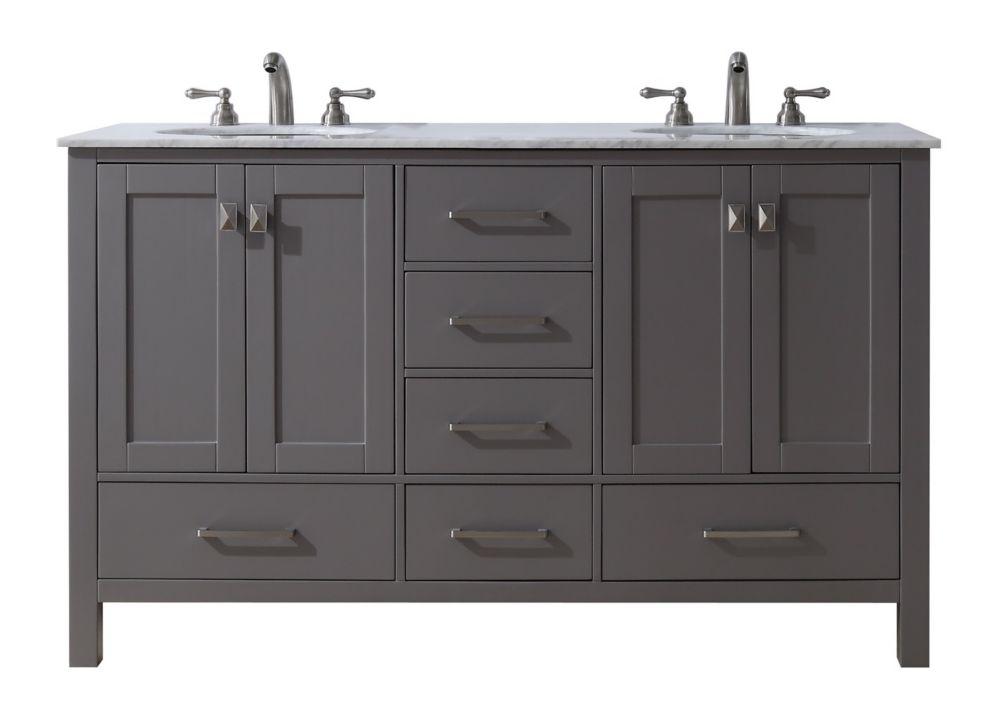Creating distinct zones in your living room can help maximize the space and make it more functional. One way to achieve this is by using room dividers. These can be anything from shelves, curtains, or even plants, that can visually separate different areas in the room. For a more permanent solution, you can also opt for built-in dividers like bookcases or sliding doors. Not only do they add character to the space, but they also provide additional storage and privacy. Room Dividers
Dividing your living room into zones allows you to have designated areas for different activities. This can include a cozy seating area for watching TV, a reading nook, or a workspace. Think about how you want to use your living room and create zones accordingly. This will help keep the space organized and clutter-free, making it more visually appealing. Living Room Zones
Partitioning a room doesn't always mean physically dividing it. You can also use furniture, rugs, and lighting to create distinct areas within the same room. For example, a large area rug can be used to define the seating area, while a different lighting fixture can create a separate ambiance for a dining space. These subtle changes can make a big difference in the overall feel of the room. Space Partitioning
In recent years, open floor plans have become increasingly popular, especially in smaller homes. This layout combines the living room, dining room, and kitchen into one large space, creating a sense of openness and flow. However, without proper zoning, an open floor plan can feel cluttered and chaotic. That's where dividing the living room into zones comes in. By creating distinct areas, the space can still feel open while maintaining a sense of organization. Open Floor Plan
The way you arrange your furniture can also help divide your living room into zones. Placing a sofa or chairs facing each other creates a natural separation between the seating area and other parts of the room. You can also use larger pieces of furniture, like a bookshelf or console table, to visually divide the space. Just make sure they don't obstruct the flow of the room. Furniture Placement
When dividing your living room into zones, it's essential to consider the function of each area. For example, if you want to create a workspace, make sure it's in a quiet corner with good lighting and enough space for a desk and chair. Similarly, if you want a reading nook, make sure it's in a comfortable spot with good natural light and a cozy chair or sofa. By considering the function of each zone, you can create spaces that are both practical and enjoyable. Functional Zones
The layout of your living room can also play a significant role in dividing it into zones. If you have a large, open space, you can use different furniture arrangements to create distinct areas. For example, placing a sectional sofa in the middle of the room can divide it into a living area and a TV viewing area. Or, if you have a long and narrow living room, you can use a rug to define a seating area at one end and a dining area at the other. Room Layout
Creating visual separation is an essential aspect of dividing a living room into zones. This can be achieved through different colors, patterns, and textures. For example, using a different color scheme for each zone can help differentiate them. You can also use different patterns and textures in each area to add visual interest and create a sense of separation. Visual Separation
Dividing a living room into zones not only makes it more functional but also allows it to serve multiple purposes. With the right design, you can create a multi-functional space that accommodates different activities. For example, a dining area can double as a workspace during the day, and a cozy reading nook can transform into a guest bedroom at night. This versatility is especially useful in smaller homes where space is limited. Multi-functional Space
Dividing a living room into zones provides a sense of structure and organization. By having designated areas for different activities, you can keep the space clutter-free and create a sense of balance. This is especially important in open floor plans, where everything is in one large space. Having designated areas for different functions helps maintain a sense of order and makes the living room more inviting. Designated Areas
Creating a Functional and Stylish Living Room: Dividing Your Space into Zones

The Importance of Zone Planning
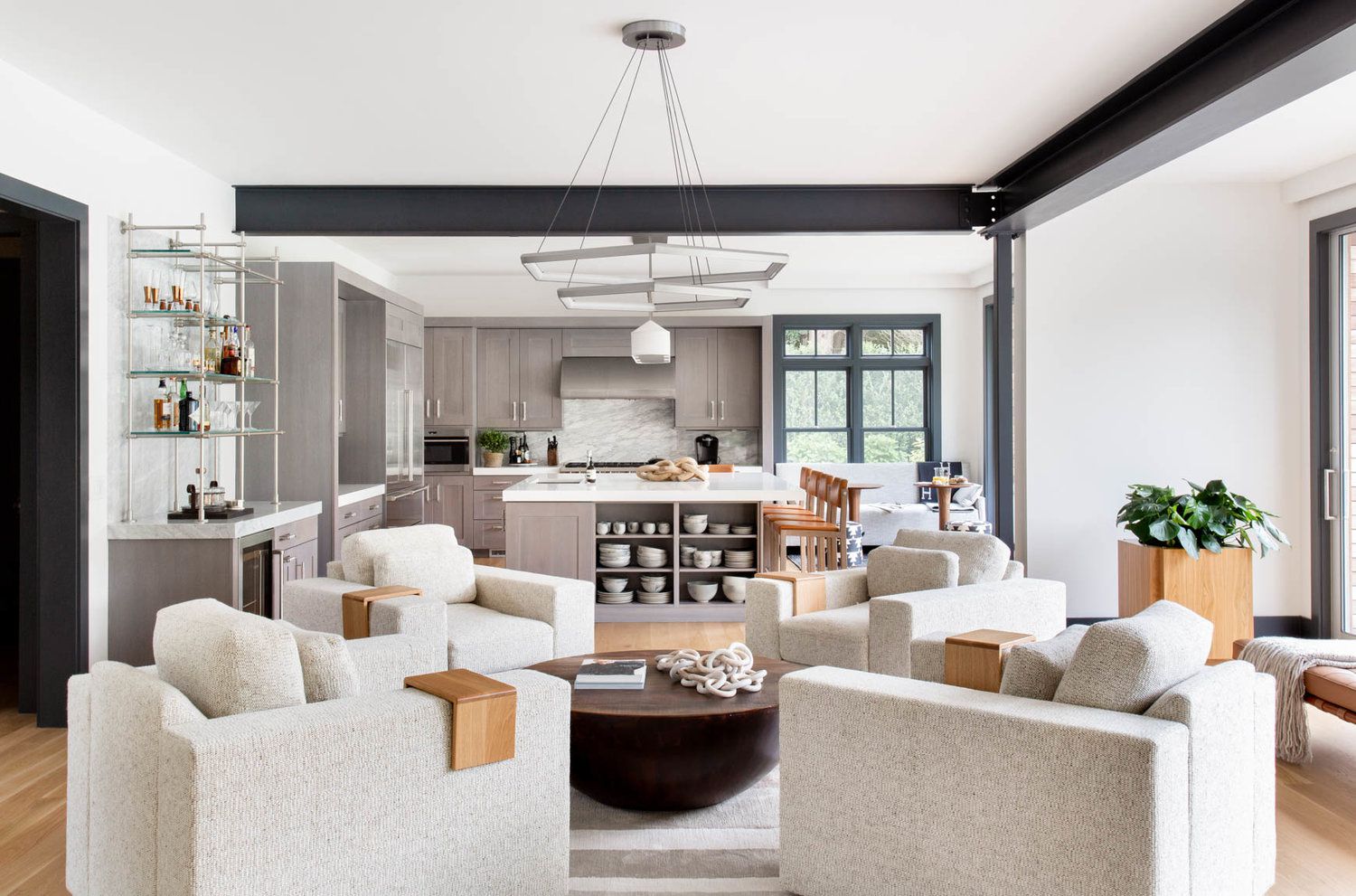 When it comes to designing a living room, functionality is key. A well-planned living room not only looks aesthetically pleasing, but it also serves its purpose as a space for relaxation, entertainment, and socializing. A crucial element in achieving this balance is dividing the living room into zones.
Zones
are designated areas within a room that serve a specific purpose, such as a
reading nook
,
entertainment area
, or
conversation space
. This not only helps to maximize the use of your living room but also adds a sense of organization and structure to the space. Here are some tips on how to divide your living room into zones for a functional and stylish layout.
When it comes to designing a living room, functionality is key. A well-planned living room not only looks aesthetically pleasing, but it also serves its purpose as a space for relaxation, entertainment, and socializing. A crucial element in achieving this balance is dividing the living room into zones.
Zones
are designated areas within a room that serve a specific purpose, such as a
reading nook
,
entertainment area
, or
conversation space
. This not only helps to maximize the use of your living room but also adds a sense of organization and structure to the space. Here are some tips on how to divide your living room into zones for a functional and stylish layout.
Identify Your Needs and Priorities
 Before diving into the actual zone planning, it's important to identify your needs and priorities for your living room. Consider how you typically use the space and what activities you want to accommodate. Are you someone who enjoys reading and needs a quiet corner to do so? Do you frequently host game nights and need a designated area for playing board games? Understanding your needs and priorities will help you determine the number and size of zones you want to create.
Before diving into the actual zone planning, it's important to identify your needs and priorities for your living room. Consider how you typically use the space and what activities you want to accommodate. Are you someone who enjoys reading and needs a quiet corner to do so? Do you frequently host game nights and need a designated area for playing board games? Understanding your needs and priorities will help you determine the number and size of zones you want to create.
Utilize Furniture and Decor
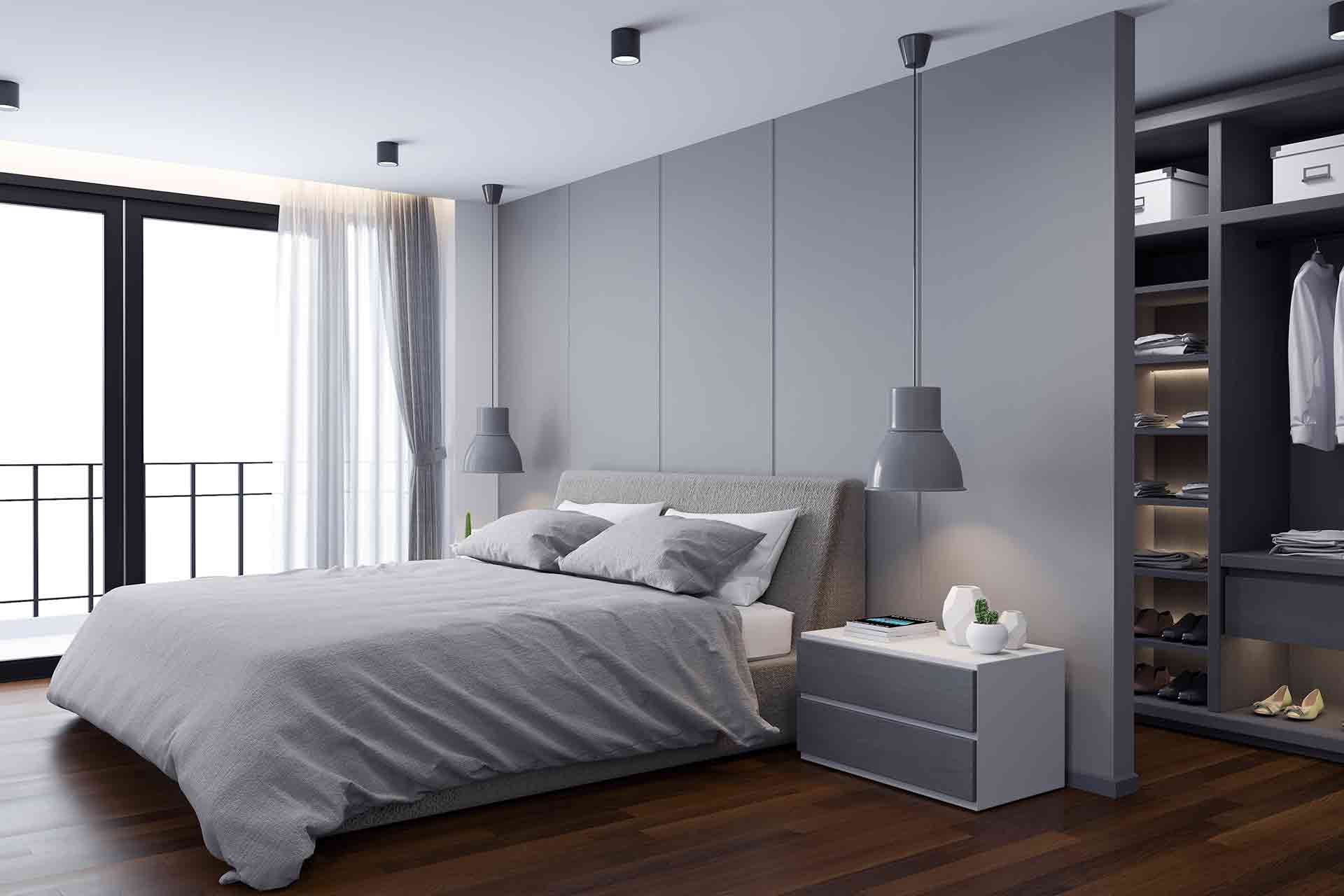 Furniture and decor play a crucial role in creating zones within a living room. They not only serve a functional purpose but also act as visual cues to distinguish one area from another.
Rugs
are a great way to anchor a zone and add texture and color to the room. For example, a
large area rug
can define a
sitting area
while a
smaller rug
can create a
reading nook
.
Bookshelves
or
room dividers
can also be used to create physical barriers between zones. Additionally, incorporating
lighting
such as
floor lamps
or
pendant lights
can help to further differentiate zones and add ambiance to the space.
Furniture and decor play a crucial role in creating zones within a living room. They not only serve a functional purpose but also act as visual cues to distinguish one area from another.
Rugs
are a great way to anchor a zone and add texture and color to the room. For example, a
large area rug
can define a
sitting area
while a
smaller rug
can create a
reading nook
.
Bookshelves
or
room dividers
can also be used to create physical barriers between zones. Additionally, incorporating
lighting
such as
floor lamps
or
pendant lights
can help to further differentiate zones and add ambiance to the space.
Consider the Flow of the Room
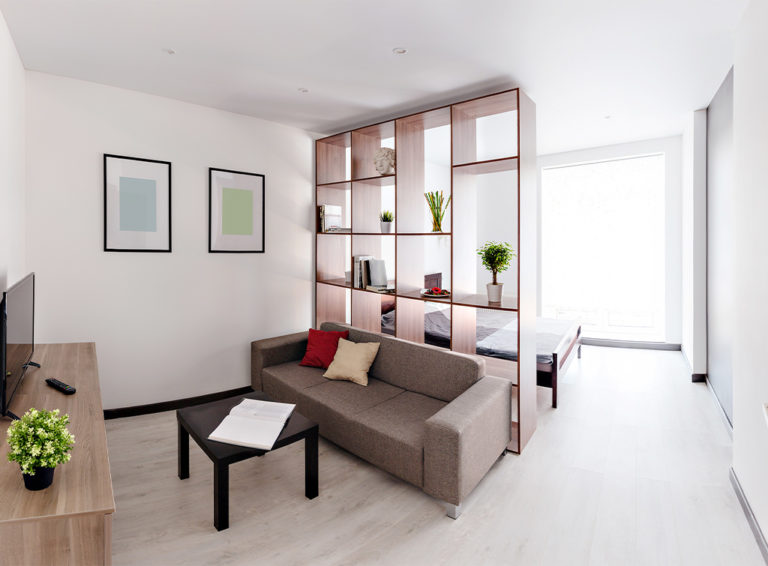 When dividing your living room into zones, it's essential to consider the flow of the room.
Traffic patterns
and
entryways
should be taken into account to ensure that the zones are easily accessible and functional. For example, you wouldn't want to place a
coffee table
in the middle of a pathway or block an entryway with a piece of furniture. Keeping the flow of the room in mind will help to create a cohesive and practical layout.
When dividing your living room into zones, it's essential to consider the flow of the room.
Traffic patterns
and
entryways
should be taken into account to ensure that the zones are easily accessible and functional. For example, you wouldn't want to place a
coffee table
in the middle of a pathway or block an entryway with a piece of furniture. Keeping the flow of the room in mind will help to create a cohesive and practical layout.
Experiment with Layouts
 There is no one-size-fits-all approach when it comes to zone planning in a living room. It's important to experiment with different layouts and see what works best for your space and needs. Don't be afraid to move furniture around and try out different configurations. It may take some trial and error, but eventually, you'll find a layout that works for you.
In conclusion, dividing your living room into zones is an effective way to create a functional and stylish space. By identifying your needs and priorities, utilizing furniture and decor, considering the flow of the room, and experimenting with layouts, you can achieve a well-designed living room that caters to all your needs. So go ahead and start zoning your living room for a more organized and enjoyable living space.
There is no one-size-fits-all approach when it comes to zone planning in a living room. It's important to experiment with different layouts and see what works best for your space and needs. Don't be afraid to move furniture around and try out different configurations. It may take some trial and error, but eventually, you'll find a layout that works for you.
In conclusion, dividing your living room into zones is an effective way to create a functional and stylish space. By identifying your needs and priorities, utilizing furniture and decor, considering the flow of the room, and experimenting with layouts, you can achieve a well-designed living room that caters to all your needs. So go ahead and start zoning your living room for a more organized and enjoyable living space.

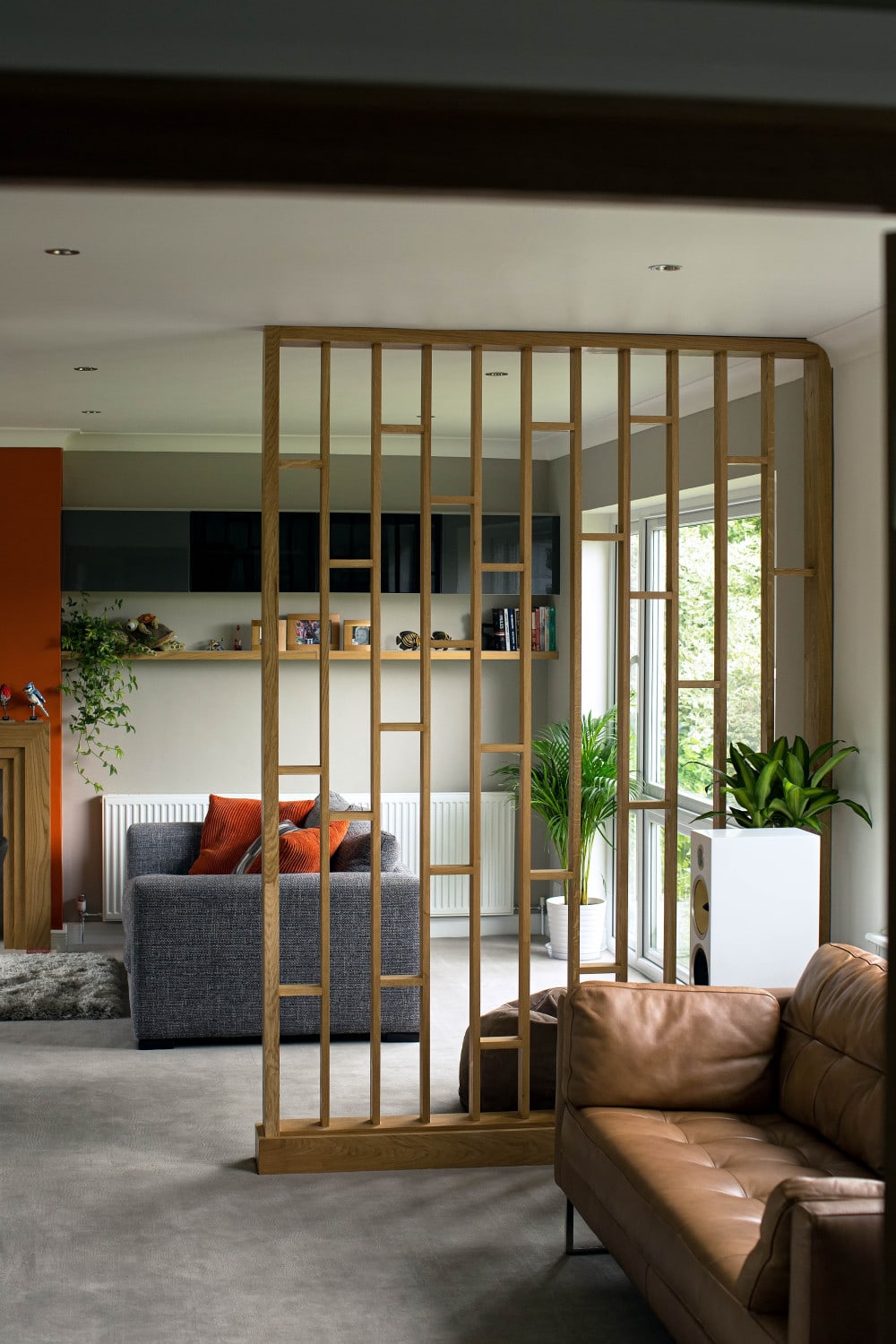

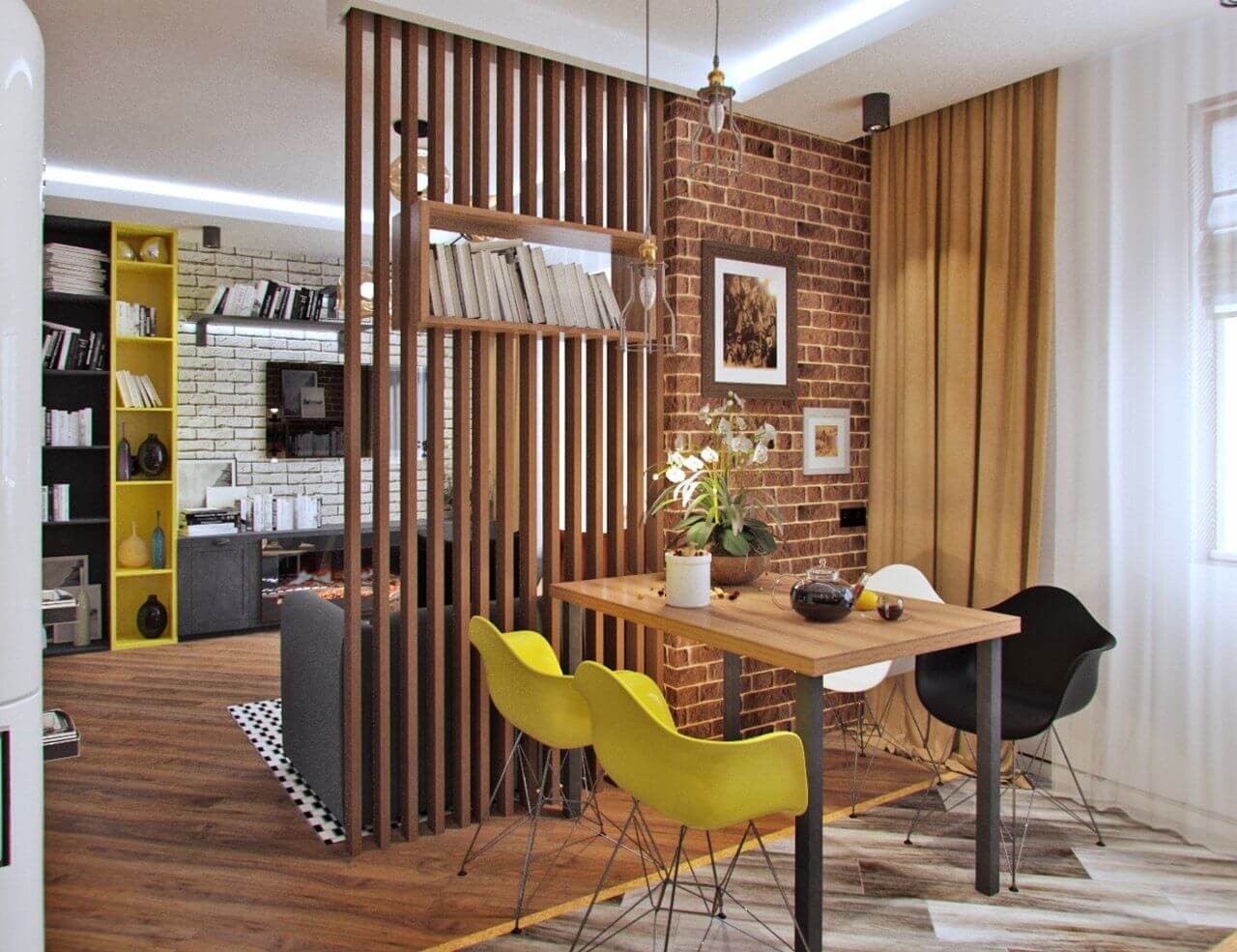

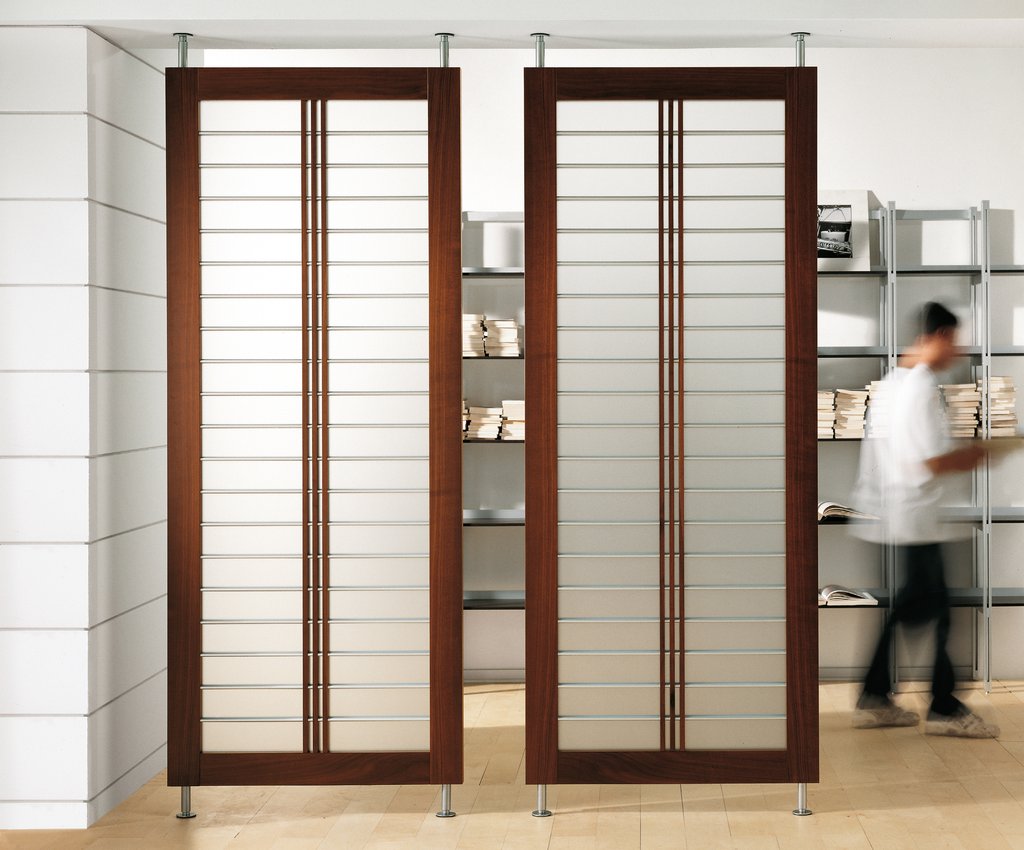
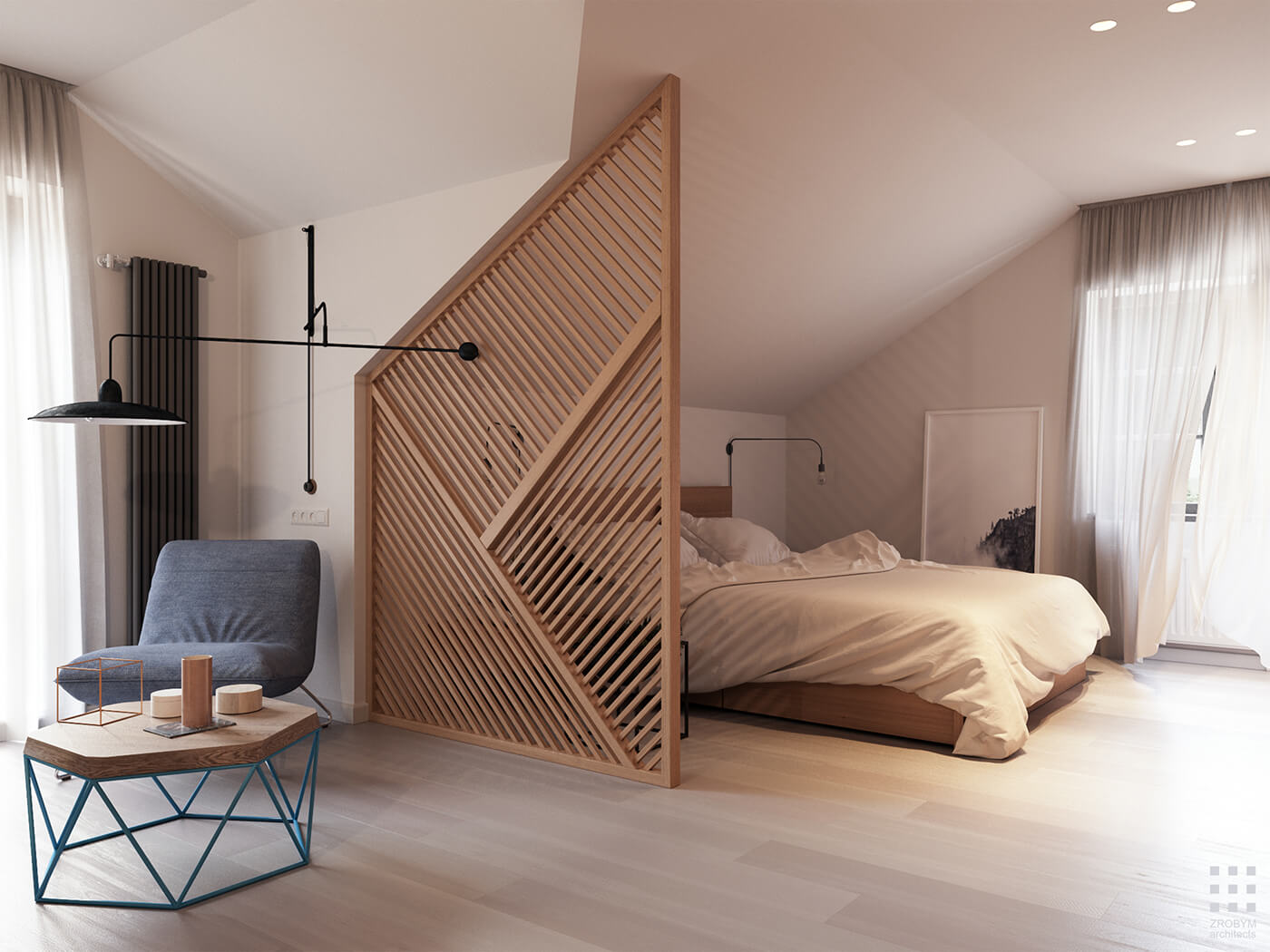
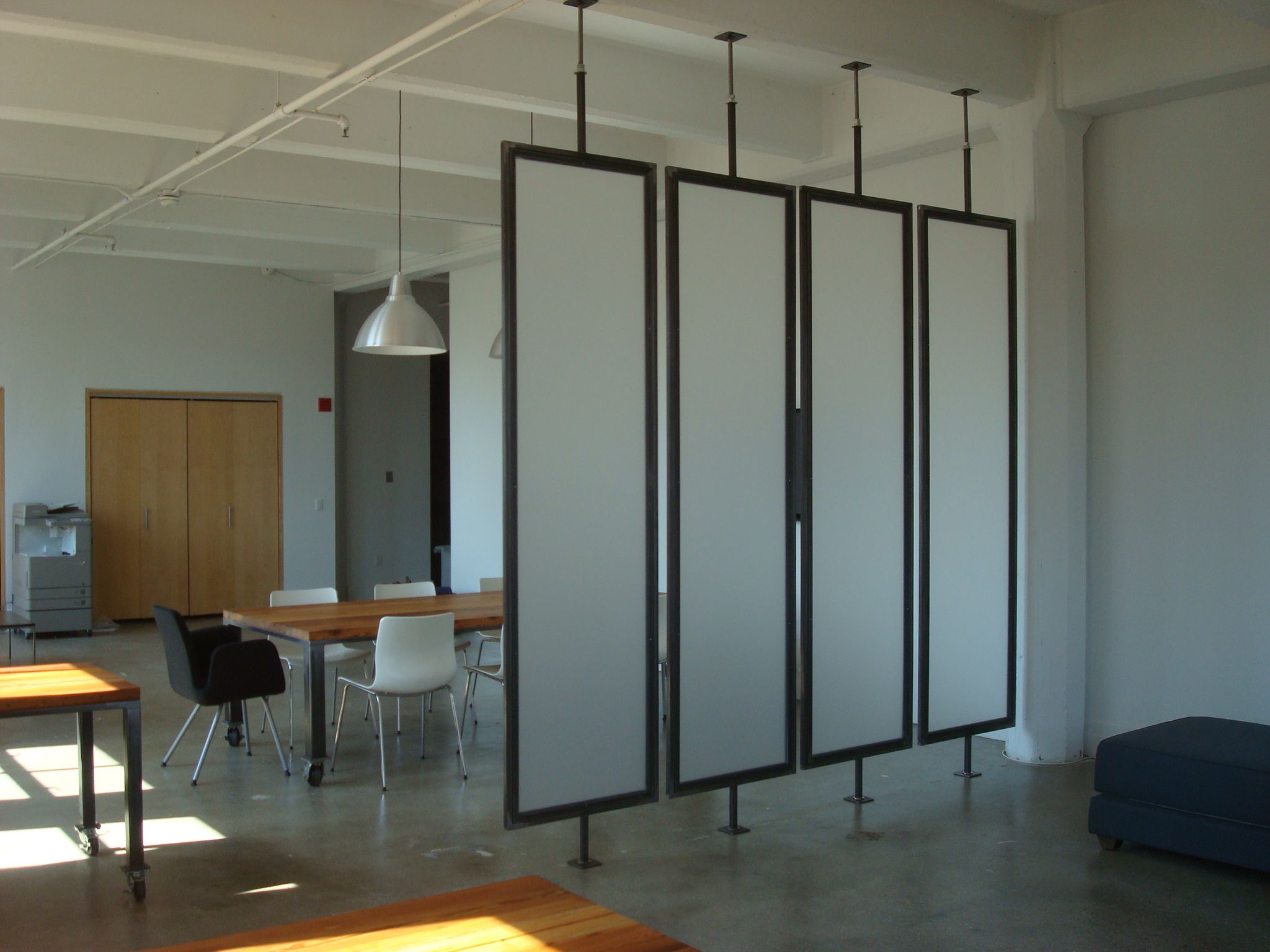


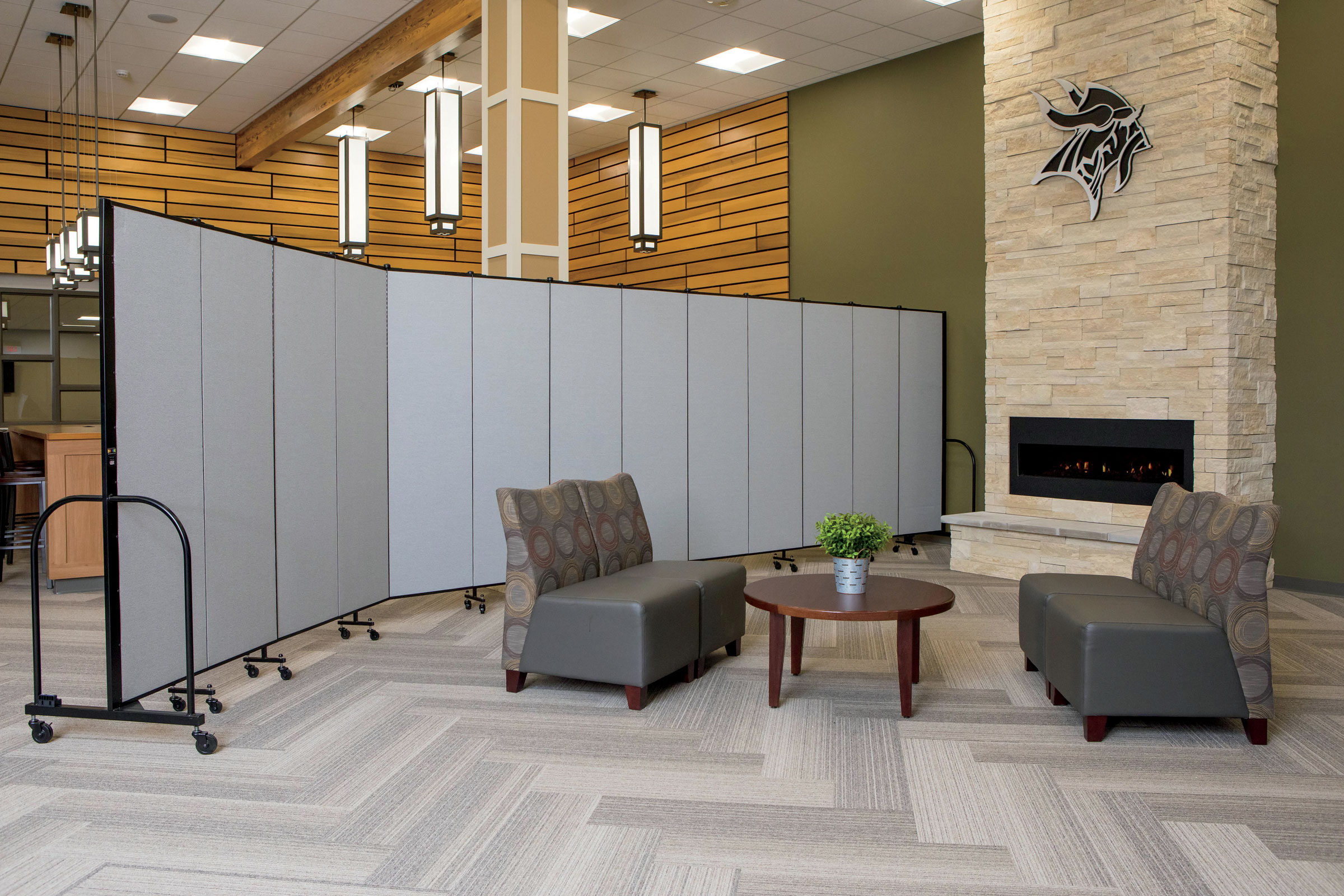
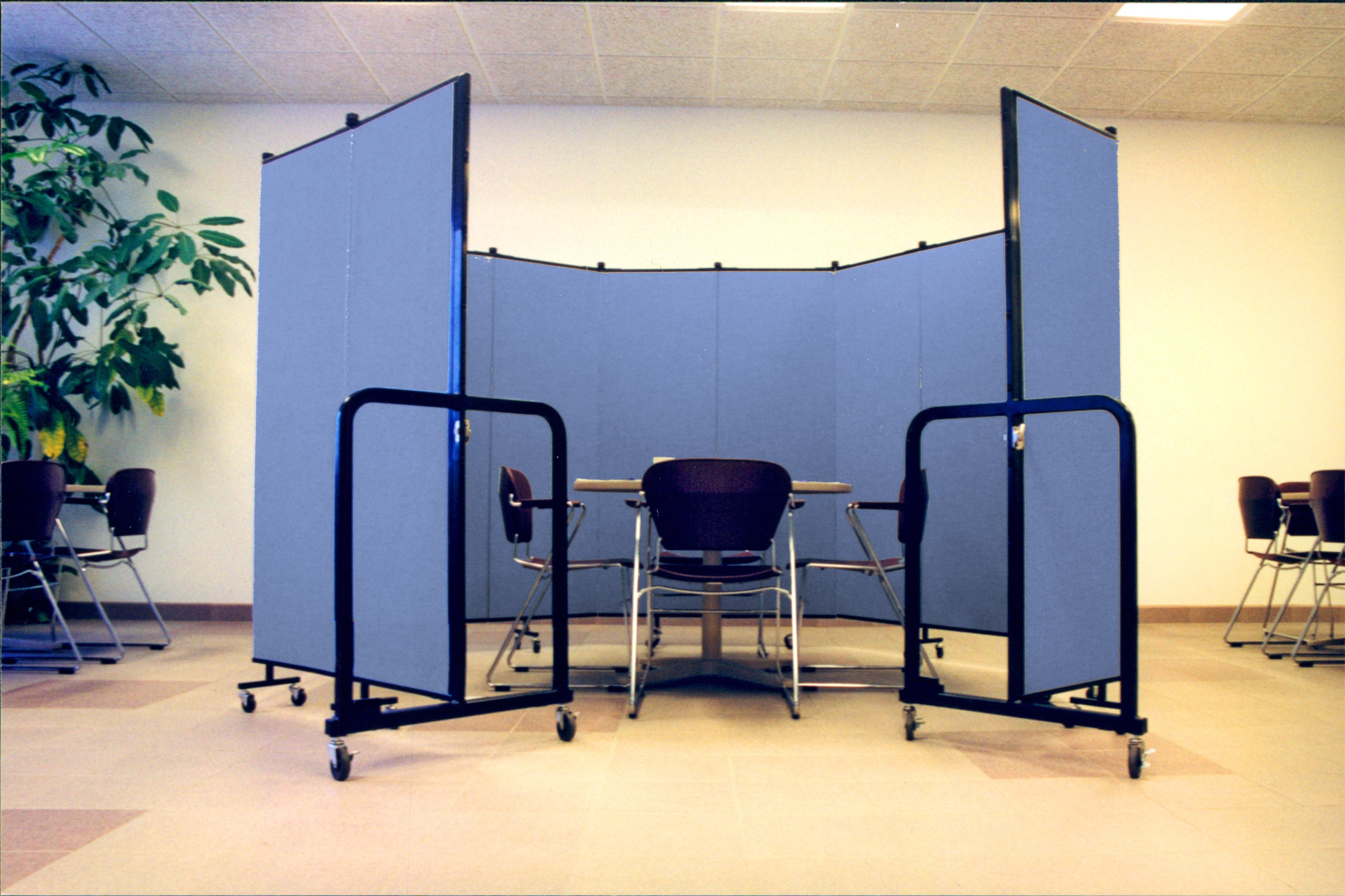





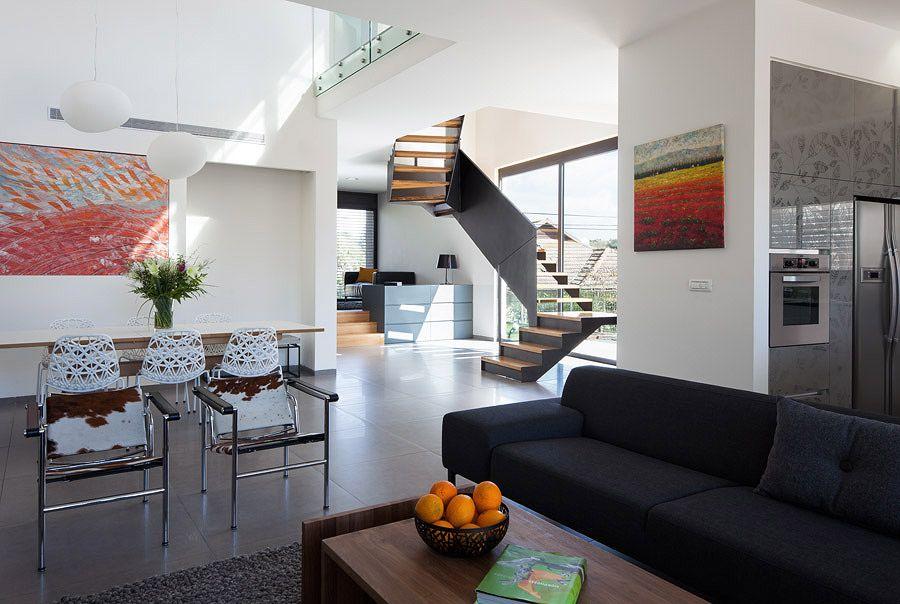






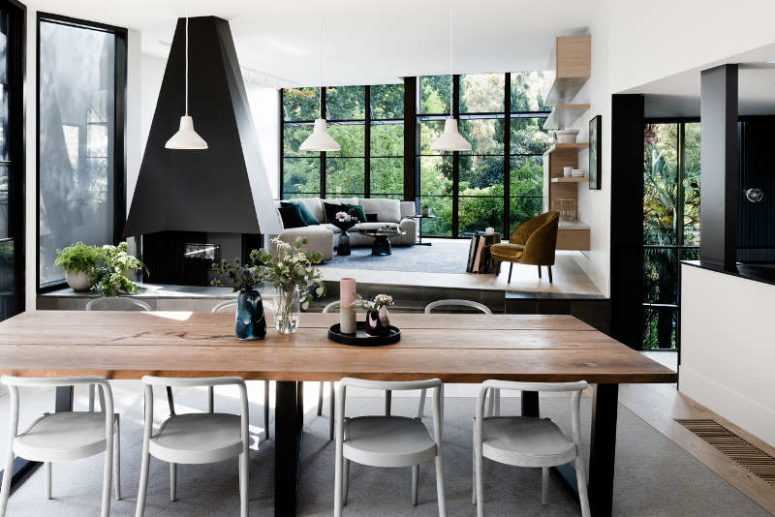
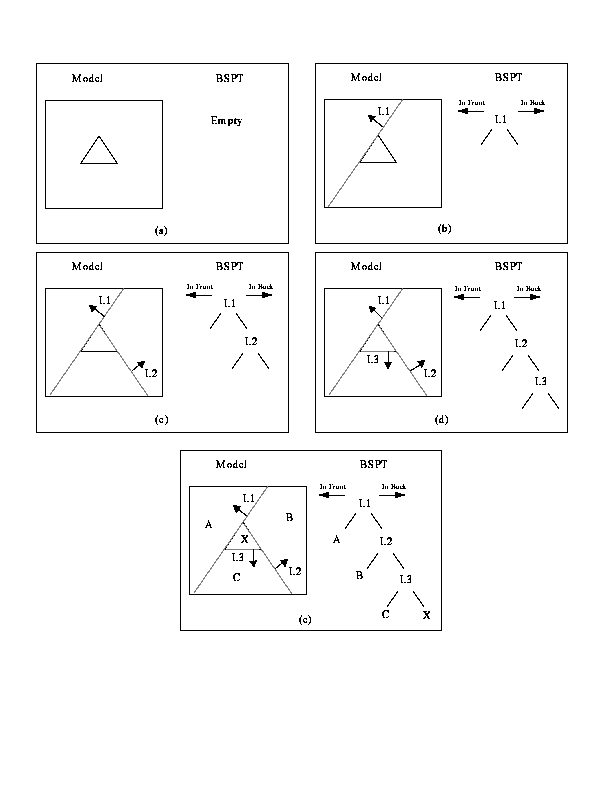


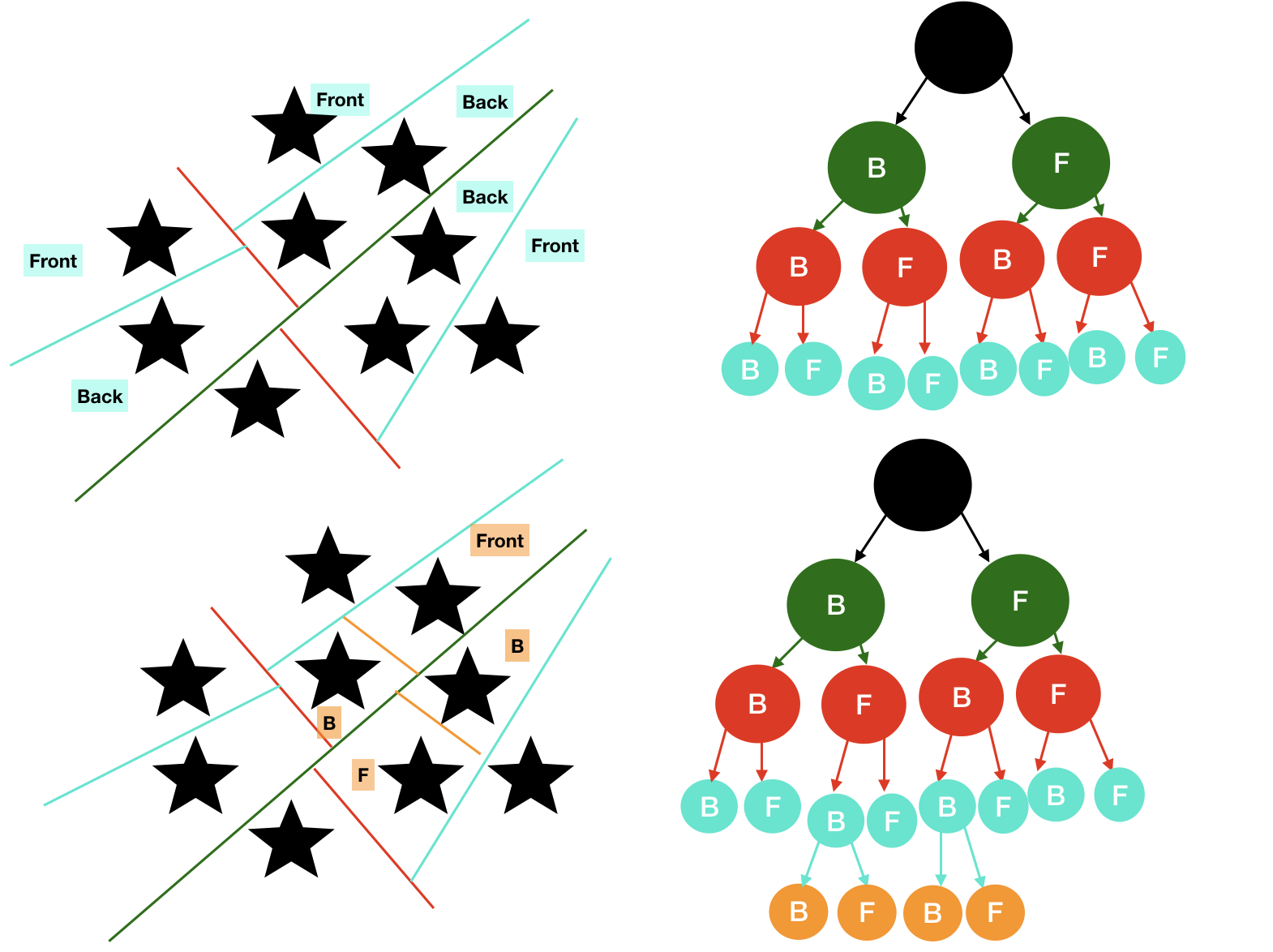

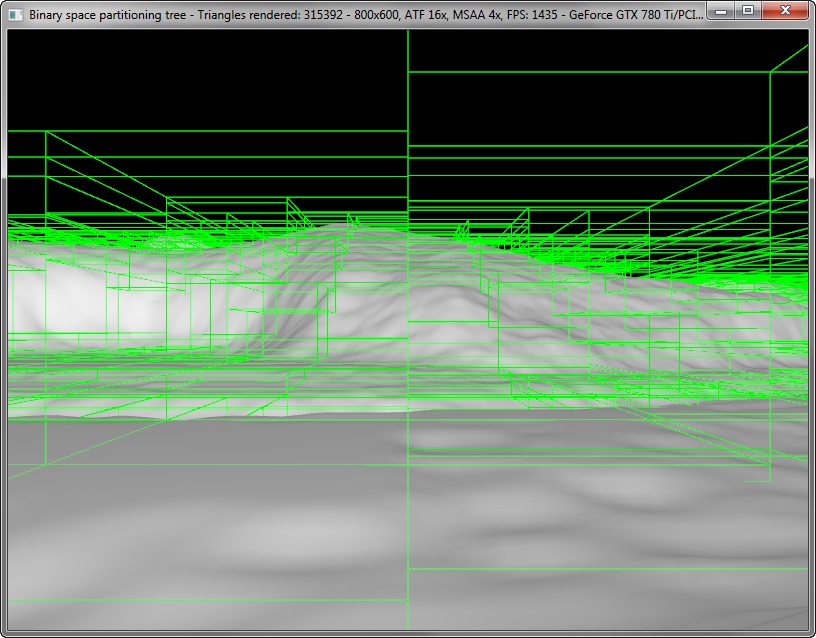

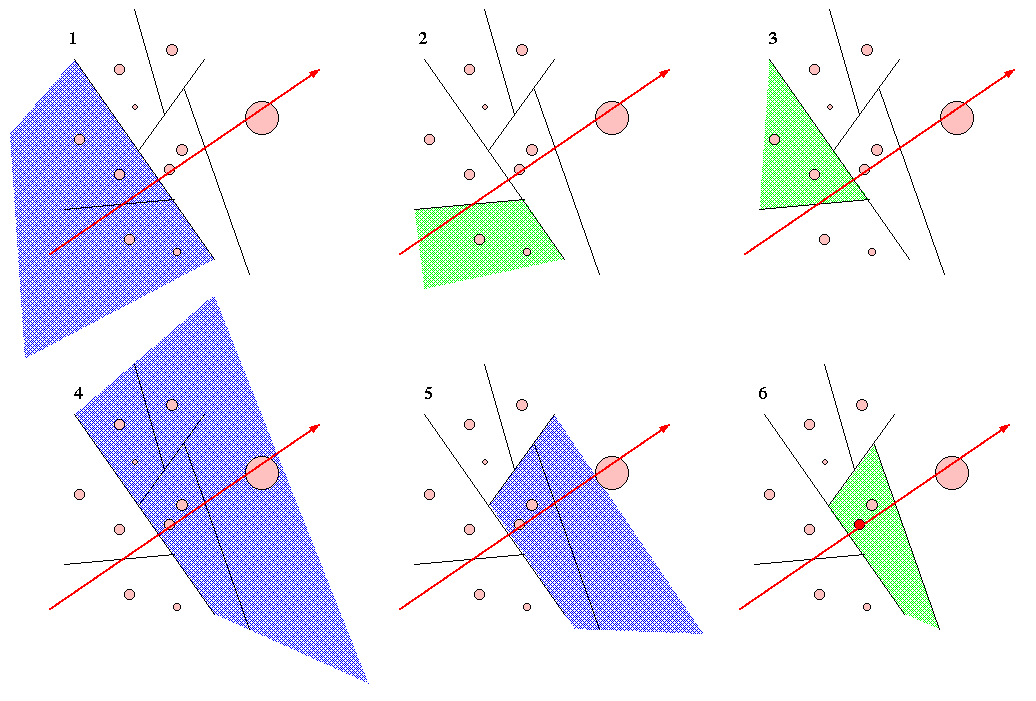


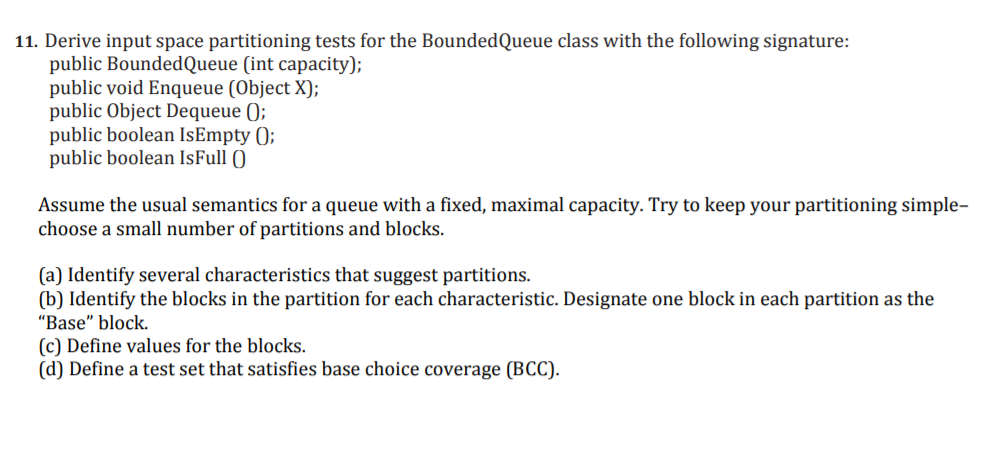
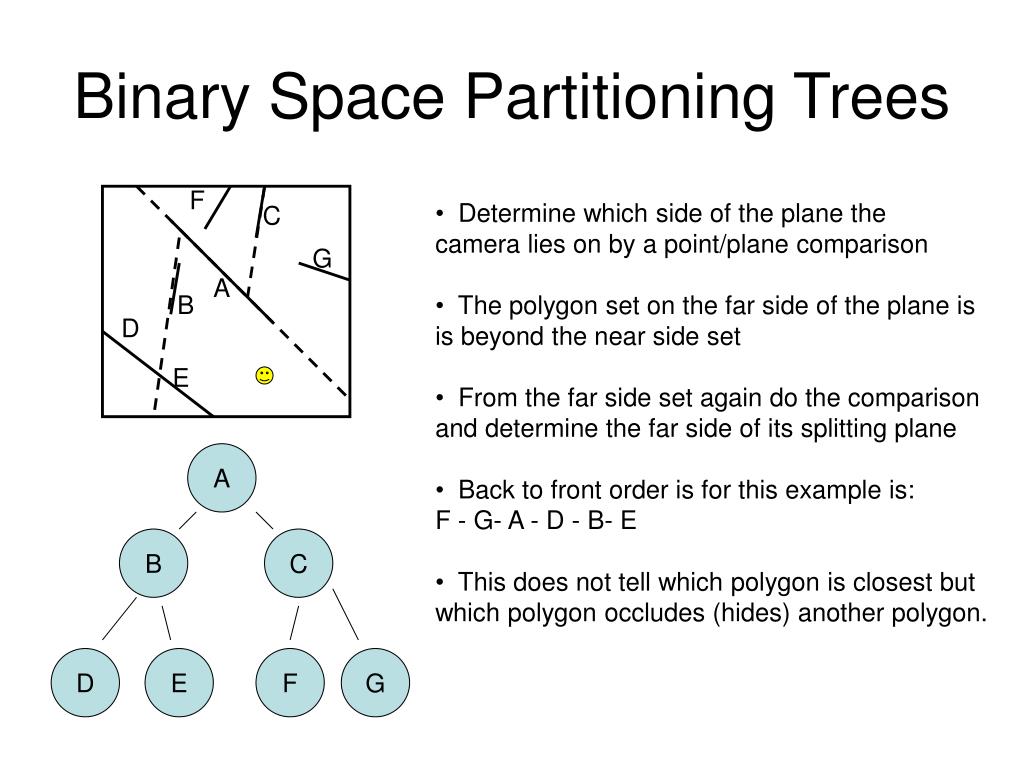





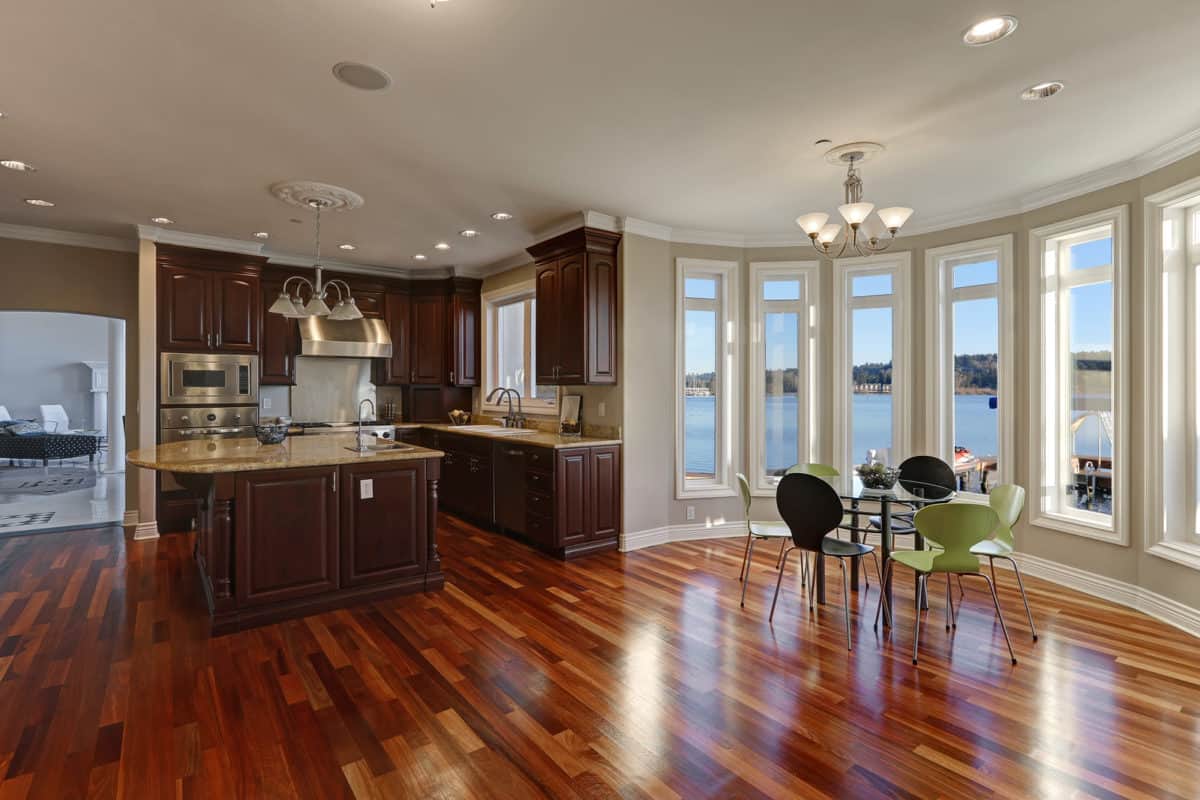
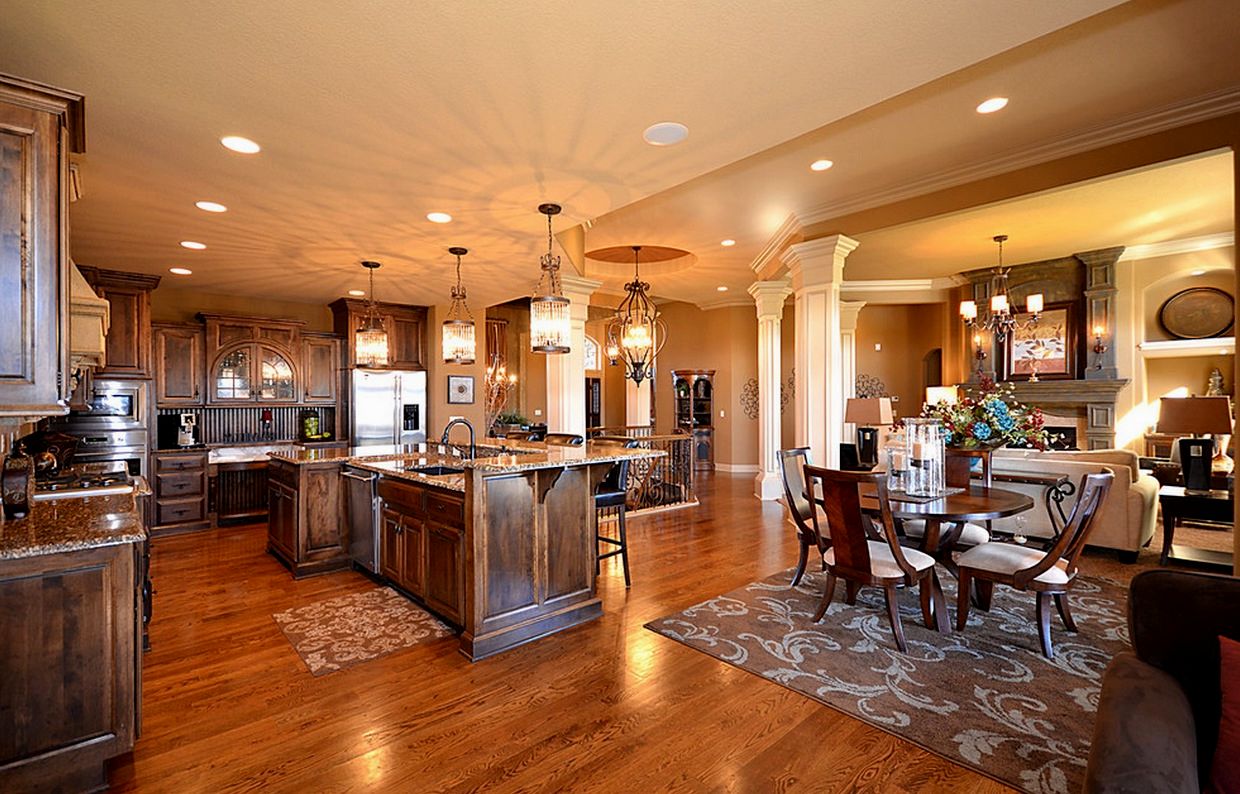
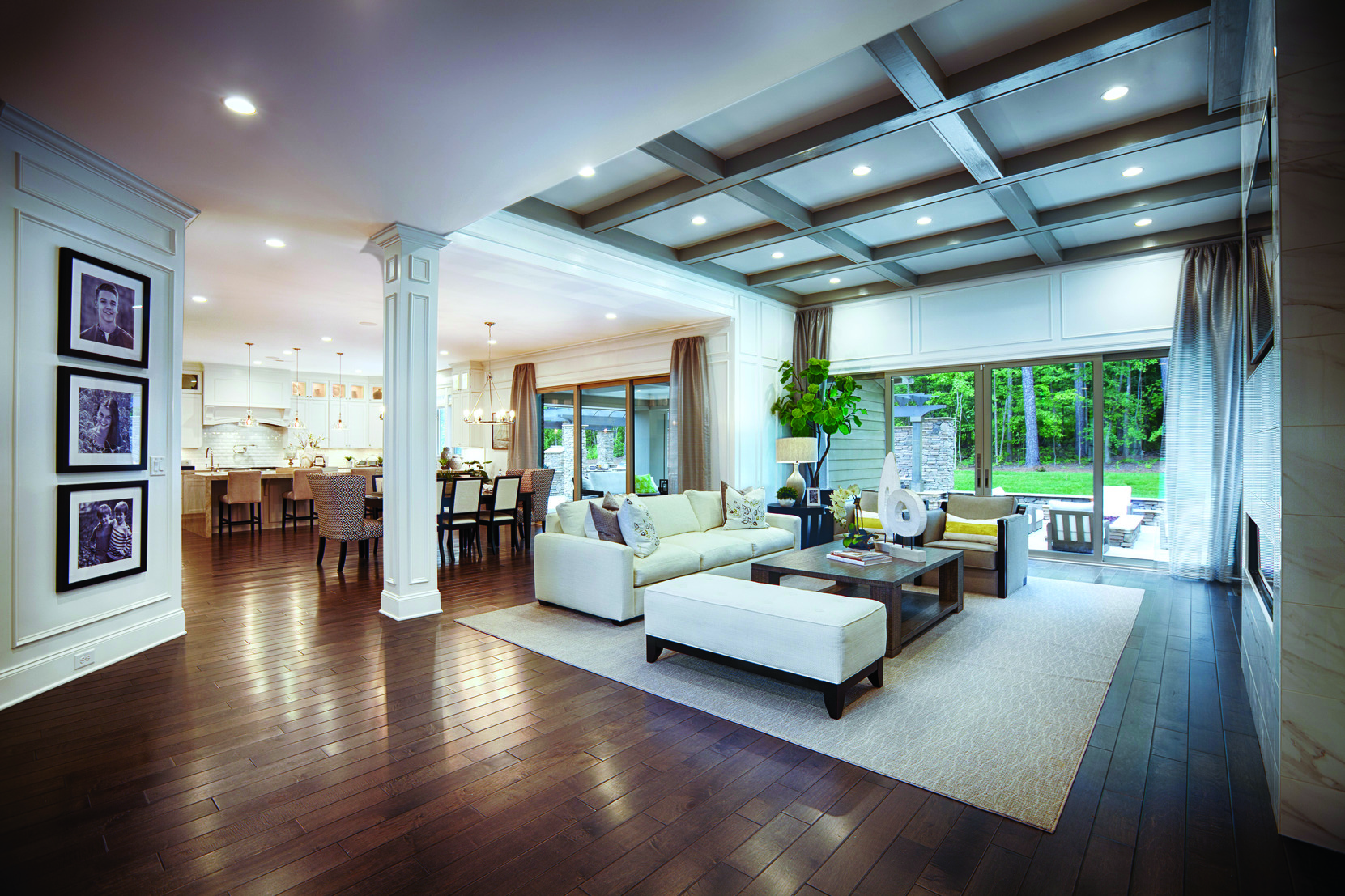
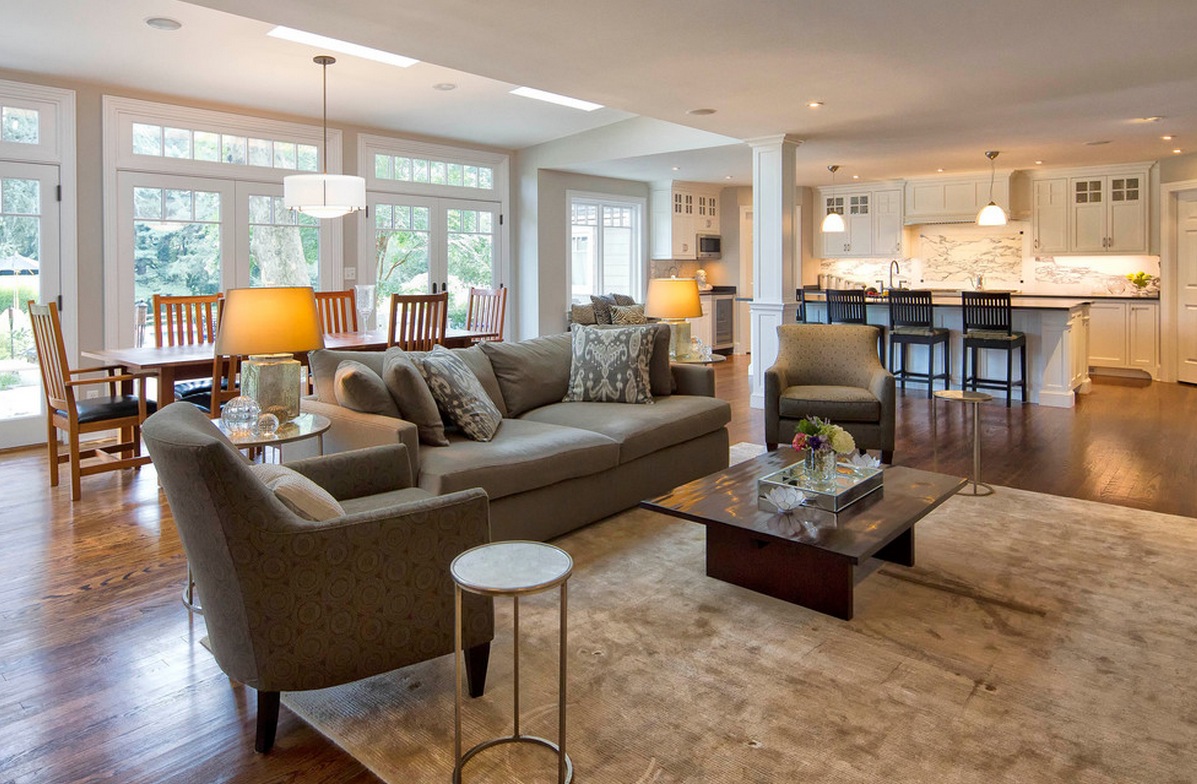
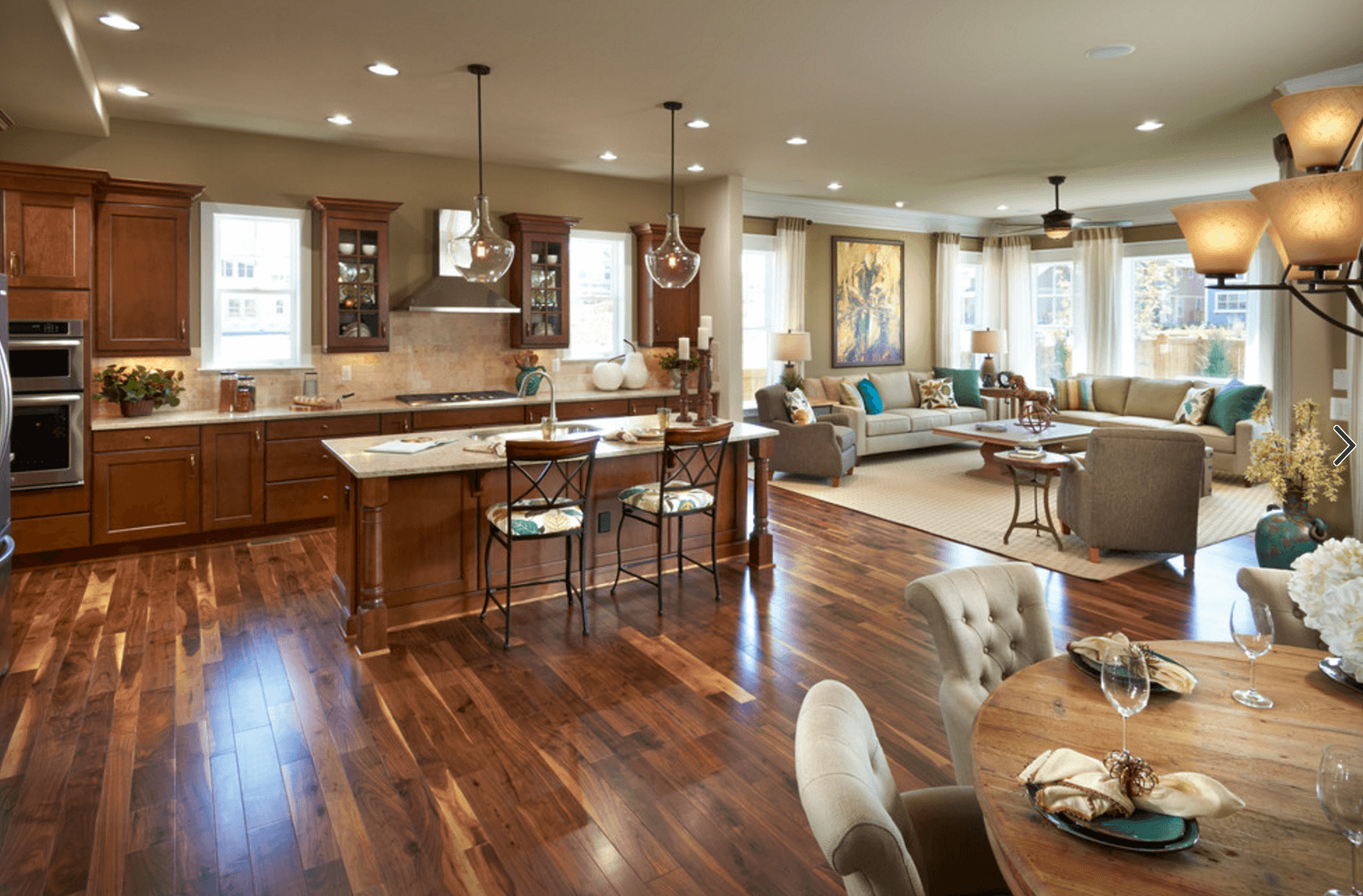

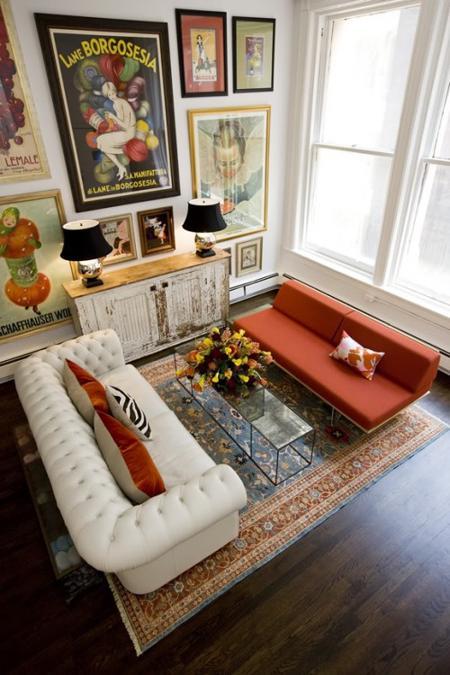
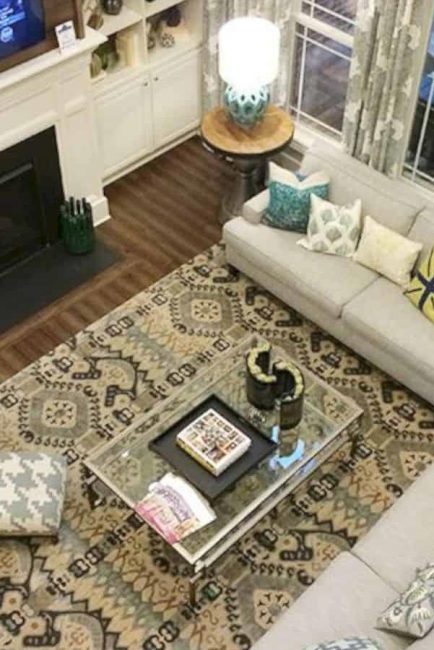

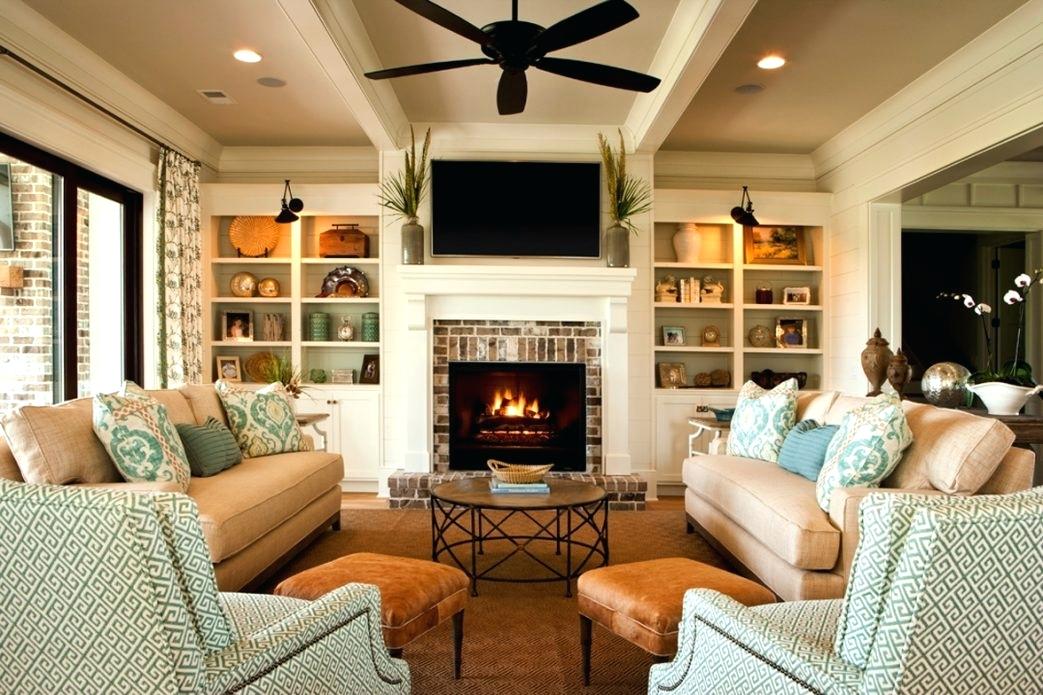
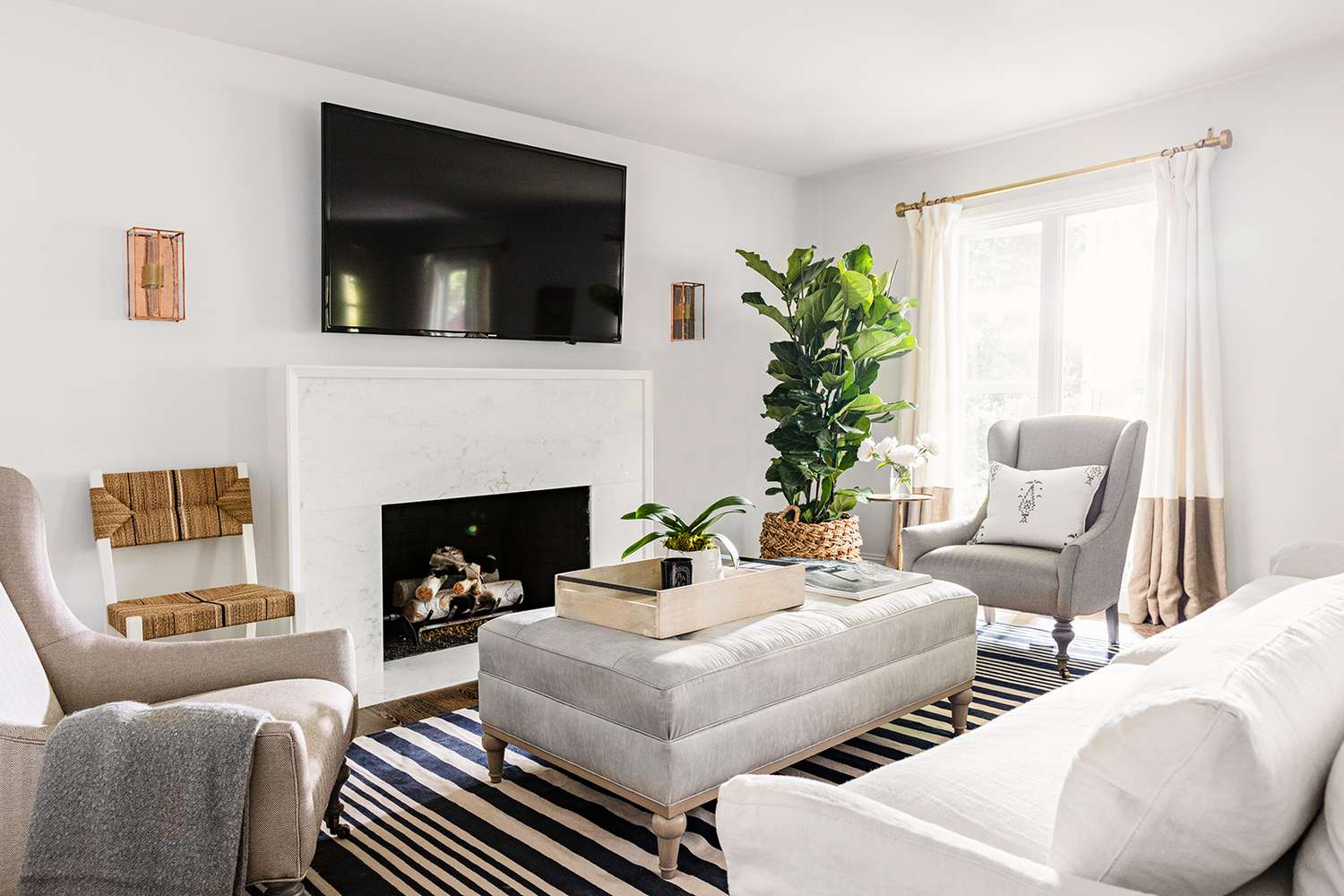


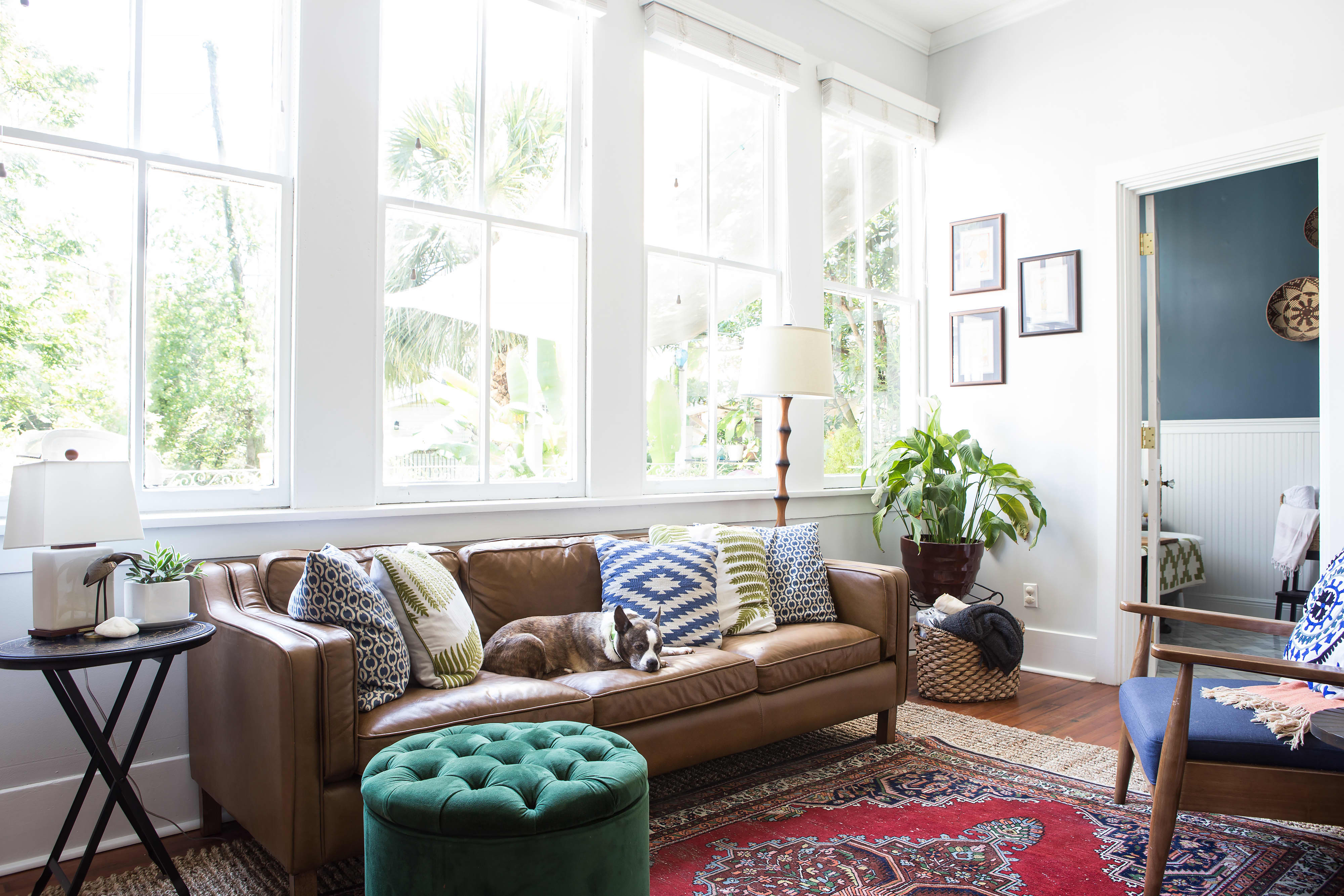



/twenty20_cc649399-40dc-4816-8620-37b365d88f70-5a01d3be22fa3a0037001998.jpg)













